|
“It’s the friends we meet who help us appreciate the journey”. Mon Frère Winery Mon Frère means ‘my brother’ in French, and the Mon Frère Winery dedicates their three wines to special and rare friends who feel like family. Located in Napa, CA, the winery is a partnership between legendary winemaker, Tom Hinde and family-owned wine and spirits organization Palm Bay International. Tom Hinde, head winemaker, brings his 30+ years of knowledge and talent for California wines to the table. The winery sources the best quality grapes throughout California’s wine regions, selecting different clones of the same grape. For their Chardonnay, grapes are chosen and blended from the coastal region’s Lodi, Mendocino and Monterey vineyards. Pinot Noir is a blend of grapes from the Sonoma Coast, Santa Rita Hills, and the highlands of Santa Barbara and Santa Lucia. Mon Frère wanted to focus on making the Cabernet Sauvignon as versatile as possible. Grapes are sourced from vineyards in Napa, Sonoma, and Mendocino (coast) and blended with grapes from vineyards in Lodi and Paso Robles. I received a sample of the Cabernet Sauvignon, and now I can't wait to try their Pinot Noir and Chardonnay! Mon Frère Cabernet Sauvignon 2017 As stated above, the grapes are sourced from different vineyards and locations. The climate is a mixture of warmer Mediterranean areas and cooler coastal areas giving this wine a nice balance between structure, freshness, and fruit. Grapes are pressed and undergo fermentation separately. After they are blended, the wine ages in a mix of French oak (90%) and American oak (10% new). This wine is a beautiful and inviting garnet color. Juicy aromas of dark cherry, dark berries, baking spice, and toasty notes segue onto the palate. Rich, ripe fruit with plum, spice, and oak notes dance on the palate. Silky tannins contribute to the fine structure and expression of this wine. Pair with grilled meat, seared tuna, hearty pasta, and stews.
Alcohol: 13.9% SRP: $16.99 I will end this story with a quote from the back of the wine bottle. “At Mon Frère, French for “My Brother”, we think it’s important to hit the pause button occasionally to appreciate the cast of characters who brush you off, build you up and remind you to laugh! So whether you roll with rogues or saints, take a moment and raise a glass of Cabernet with the friends that make life’s crazy journey all worthwhile.” I’ll drink to that! Until next time… Cheers! Penina To leave a comment or if you have an inquiry, please contact me at [email protected] I am on the virtual road again, this time visiting Viña Ventisquero Winery with seven prime vineyards located throughout many of Chile’s wine regions. Gonzalo Val, President of Agrosuper, one of Chile’s largest agro-industrial companies, owns the winery. Founded in 1998, Ventisquero was first established in the Maipo Valley, which is one of Chile’s most important wine-producing regions. Since then, Ventisquero has expanded and diversified its holdings to include vineyards in Casablanca, Colchagua and Leyda Valleys and the Atacama Desert. Felipe Tosso, head winemaker, along with winemakers Alejandro Galaz and John Duval make up an adventurous team that endeavors to explore, experiment and make an exception to the rule when producing wine. Their main quest is to preserve and honor the origins, the earth and its fruit. Above photos are courtesy of Ventisquero. From left to right: Felipe Tosso, Alejandro Galaz and John Duval Some of you might be asking, “What is a single block wine?” A vineyard is usually divided up into blocks/parcels. A single block wine is made from a single variety that is sourced from a single block within a single vineyard. I recently received four bottles of Ventisquero Grey Line Single Block wines for review. I asked Felipe Tosso what the motivation was behind making single block wines. He replied, “The main vision for creating single block wines was to add more value to the concept of "origins" and uniqueness of our vineyards. We found in our vineyards certain blocks with unique characteristics. We delimited and isolated these vineyards and created unique wines for our Grey Line, a commitment to terroir and a wine that is outstanding. Our main goal at Ventisquero is always to express the concept of origin and our Grey Single Block line is exactly the expression of Maipo, Colchagua and Atacama.” Grey Line Single Block Carménère 2017 This 100% Carménère is sourced from Block 5 of the Trinidad Vineyard in the Coastal Maipo Valley. The vineyard has atypical soil, sandy-clay in origin. The wine was aged for 18 months in extra fine-grain French oak barrels and then further aged in the bottle for eight months. Tantalizing aromas of dark fruit, dark raspberry, spice and earth make their way onto the palate. Notes of plum, black cherry, pepper and a hint of baking spice add to its complexity with lush dark fruit lingering on a long finish. This is an elegant wine that is beautifully balanced with smooth tannins and fresh acidity. Pair with grilled meat, game, hearty stews and seared tuna. Alcohol: 13.5% SRP: $24 Grey Line Single Block Pinot Noir 2017 This wine is 100% Pinot Noir. Grapes are sourced from Block 22 in the Las Terrazas vineyard located only four miles from the Pacific Ocean in the Leyda Valley. The soil here is a combination of granite, red clay and granite rock. A maritime influence contributes to minerality in the wines. It is aged for 12 months in French oak barrels. Subtle floral aromas mix with red berries, sweet spice and sour cherry. The palate offers juicy plum, black raspberry, spice and mineral notes. Excellent acidity and soft tannins make this a very food-friendly wine. Enjoy with seafood, pasta, fowl, salads and cheese. Alcohol: 13.5% SRP: $24 Grey Line Single Block Cabernet Sauvignon 2014 This is a blend of 93% Cabernet Sauvignon, 4% Petit Verdot and 3% Cabernet Franc sourced from Block 38 in the Trinidad Vineyard of the Maipo Valley. Cool climate and granite soils contribute to this expressive wine. It was aged for 18 months in extra fine-grain French oak barrels. Delectable aromas of red fruit, dark berries, spice, earth and a hint of tobacco set the stage for this impressive wine. Intense flavors of red plum, red berries, spice, pepper and a touch of floral add to the character of this wine. It is nicely balanced with silky tannins and good acidity. Serve with aged cheese, grilled meat and hearty stews. Alcohol: 13.5% SRP: $24 Grey Line Single Block Garnacha Cariñena Mataro (GCM) 2017 Grapes for this wine were sourced from Block 28 in the La Roblería, Vineyard in Apalta sub-region of Colchagua Valley. The vineyard is a short distance from the River Tinguiririca, and benefits from the mesoclimate and stony-sandy, red clay soils. This typical Mediterranean-style blend is 62% Garnacha, 19% Cariñena and 19% Mataro. It is the only red wine blend in the Grey Line. The wine is aged in extra fine-grain French oak barrels for six months, followed by a minimum of one month in the bottle. Aromas of fresh red fruit, savory notes, strawberry, sour cherry and spice segue onto the palate with plum, red berries, herbs, spice and tobacco. A touch of minerality blends nicely with the acidity and smooth tannins, adding to the wine’s complexity. This wine was not filtered or clarified, so natural sediment may appear over time. The winemaker recommends decanting this wine for 30 minutes prior to serving. Enjoy as an aperitif or with aged cheese, grilled meat, chicken, or seared tuna.
Alcohol: 14% SRP: $24 The talented winemakers of Ventisquero have successfully bottled the Chilean terroir! These are expressive wines that capture the essence of the various vineyards and blocks they represent. I asked Felipe what goals in winemaking he might still be looking to achieve. Felipe said, “This December marks 20 years for me working at Ventisquero, a very important milestone in my career as a Winemaker. Throughout these 20 years, the winery has given me the liberty and the chance to experiment, propose, and create amazing wines. I am quite lucky for that. Having the chance to plant in terroirs so special and different such as the Atacama Desert, for example for TARA Wines, and in the altitudes of Apalta, passing through Maipo Valley, Leyda and Casablanca. Working with one of the most talented winemakers in the world, and my friend, John Duval, has been a great achievement and an amazing adventure for me. I think I have achieved all of my goals as a winemaker. For my years to come, I wish to keep making wines, which reflect our diverse and wonderful Chilean terroir in each and every bottle. My approach to winemaking will always be to reflect the places where these grapes were born.” Until next time… Cheers! Penina To leave a comment or if you have an inquiry, please contact me at [email protected] It was June of 2016 while attending the Descorchados NY South American wine event that I first met Felipe Ortiz. Felipe is Chief Winemaker for Casa Donoso located in the Maule Valley of Chile. I remember being caught up in his enthusiasm and passion as he introduced me to his very intriguing wines. Felipe said that the Maule Valley had a “multiplicity of characters” and then gave a general description of the wines. “White wines are very fresh with mineral traces, in particular our Sauvignon Blanc. Red wines with short maturity cycles show a very good balance between alcohol and acidity, like Merlot and Cabernet Sauvignon. And above all, a nice and silky Carménère is a tricky and demanding variety which is hard to mature properly in other valleys”. One year later we met again at the same event. And once again, my palate was treated to Felipe’s expressive wines. We have stayed in touch throughout the last few years with the hope that I might visit Casa Donoso one day. I have not had the opportunity to travel to Chile yet, and now with travel on hold for most of us, it is unlikely that I will visit there any time soon. So, Felipe sent Casa Donoso to me with a bountiful shipment of wines and a candid long-distance conversation. Chile is a long and narrow country bordering the Pacific Ocean to the west, and to the east lie the Andes Mountains, which is among the world’s highest mountain range in the Western Hemisphere. Chile spans 2700 miles running from north to south and is only 100 miles wide. Its numerous wine regions are then divided into sub-regions. Due to the expansive range of terroirs, the style of wines made here has an equally wide range, with most of the climatic variations in the wine-growing regions running from east to west due to the influence of the ocean and mountains. Casa Donoso is located in the sub-region of Talca, which is in the heart of the Maule Valley and is part of the DO Central Valley region. Maule Valley is the largest wine-producing region and also the oldest wine-growing region in Chile. Some of the countries’ oldest vines that were planted over 100 years ago still exist here. It is also one of the southernmost wine-growing areas of Chile. The soils throughout Maule Valley are of sedimentary origin, such as sandy and deep clay loam and the climate is Mediterranean. The main grapes grown here are Cabernet Sauvignon, Carménère, Merlot, Carigñan, Sauvignon Blanc, and Chardonnay. Casa Donoso was created 30 years ago by a group of French investors who saw the potential of this unique terroir. They made it their mission to focus on the production of premium wines from the onset. They were among the first foreign investors to introduce modern technology to the winemaking industry in Chile. In 2014 the Selume family, a national group, took over. Felipe said, “They continue to follow the line of quality in the wines. We have a French heritage from the beginning as well as a new world winemaking vision, which allows us to generate high-level wines. Casa Donoso is a classic and elegant concept in the Maule Valley.” Felipe Ortiz joined Casa Donoso in 2008. I asked Felipe how he became interested in winemaking and where he received his training. Felipe: “I think my first approach to the wine world was thanks to my father. He always showed me varieties of wine pairings with food when I was young. Then at the university, I studied Agronomy Engineering in Chile. To be a winemaker here, you must first study agronomy. During the last years of my studies, I leaned towards viticulture and enology, a branch of agronomy. In Chile, before I finished the university, I started working during the vintage season at Los Vascos for a total of four vintage seasons. Then I also worked at Viña San Pedro during another harvest season.” Felipe graduated with a degree in Agronomy Engineering and Enology. From 2006 to 2008 he went on to develop his career working with wineries in California, Provence and Barossa Valley in Australia. It was the middle of 2008 when he joined Viña Casa Donoso where he is now the chief winemaker. Felipe is a member of the Chilean Association of Engineering Agronomists Enologists. (ANIAE) Casa Donoso has 400 hectares of vineyards located throughout Maule Valley from central Maule to the coastal and pre-mountain zones. The altitude on average is 100 meters (328 ft) above sea level. One of their vineyards, La Oriental Estate, is in central Maule and one of the oldest estates in Talca with 123 hectares and vines that are more than 60 years of age. The Donoso portfolio of wines is diverse and has several different brands representing a range of traditional and atypical red blends. When I met Felipe in 2016, the very first wine he poured for me was Sucesor Romano Limited Release 2015. Sucesor is considered “the avant-garde line of the Donoso group.” It is also a project that has inspired Felipe and allowed his creativity to shine through with these daring blends. Felipe, tell me about Sucesor and its inception. Felipe: “Successor was created with the need to seek oenological innovation. In 2013 we started working with Carigñan with a more friendly and assembled concept called Successor BLUE. Then in 2014, we developed Sucesor Romano, a challenging project made with the César noir grape that was almost extinct in the world. Jean-Michel Boursiquot is a renowned ampelographer, who rediscovered what is now Chile’s flagship grape variety, Carménère. He also discovered the César noir grape (Romano, colloquial name) in our fields in the ‘90's. He later helped us with the information process to register the grape in Chile. We have just 0.5 hectares of this variety in our vineyard and we are the first winery in Chile to commercialize this grape. We continued our project with Sucesor RED, which is Carménère assembled with Malbec, also an unusual mix in Chile and the world. And, starting in the year 2019, we began developing a new project with Sucesor, using the grape, Portuagais Bleu. We hope to release this project in the coming year.” What is the most challenging grape for you to work with? Felipe: “I think with relevance to the Sucesor project, it is César noir. It is a very delicate grape, which we have to cut at the right time without losing freshness. Then in the winemaking process we try not to over-extract it too much. Finally, the wine rests for short storage in Spanish amphoras and another part in used barrels (not new), which increases its potential. César noir originates from Burgundy, strongly planted in the Irancy area, where history tells that it is mixed with fine Pinot noir to improve its concentration. In Chile, it is estimated that it arrived during the year 1945. But there is information that it may have even arrived earlier.” Has climate change affected your approach to winemaking? Felipe: “Undoubtedly! Ten years ago, the Maule Valley (160 miles from Santiago in southern Chile) was much colder and we had to wait longer than normal for grapes to mature. For example, Carménère harvesting took place at the end of May. Today climate change has affected an increase in temperatures where the same Carménère is harvested 30 to 45 days earlier. Unfortunately, together with climate change, we have had to adapt to drought and low rainfall over time. So we have to generate new ways to advance in winemaking. Each year is different; there are no recipes to produce good wine.” The Wines D Icon Limited Edition 2015 This is an unfiltered, Bordeaux-style wine blended with 40% Cabernet Sauvignon, 30% Carménère, 20% Malbec and 10% Cabernet Franc. Grapes are harvested from 70-year-old vines. Wine is aged for 24 months in French oak barrels, of which 25% is new oak. Aromas of dark berries, spice and a touch of floral lead to a luscious palate of plum, blackberry, spice and vanilla. It is beautifully blended with silky tannins and a long finish. A trace of herbs and vanilla linger. Felipe: “It is a very elegant and aromatic wine, not very concentrated, Bordeaux style, but with a lot of character of our terroir. For me, it shows a very elegant and classic concept of Maule valley!” Alcohol: 14% SRP: $55-$65 1810 Super Premium Cabernet Sauvignon- Carménère 2017 The blend for this wine is 50/50. Grapes are harvested from 40-year-old vines and the wine is aged for 18 months in French oak barrels, of which 15% is new oak. The name for this wine honors an important part of Chilean history. Talca was the site where the Chilean Act of Independence was signed in 1810. Dark berries, plum and spice aromas segue onto the palate with notes of fig, toast and vanilla. This is a subtle and smooth wine with firm tannins and a lengthy finish. It is very elegant. Felipe: “It shows what is done with these two varietals in Chile, a lot of country image in this wine and another of our classic wines. It is of the classic line, but with a very marked concentration and intensity.” Alcohol: 13.5% SRP: $30-$35 Bicentenario Gran Reserva Carmenere 2018 This wine is 100% Carménère. Grapes are sourced from 30-year-old vines. 70% of the wine is aged for 12 months in French and American oak barrels and the remaining 30% is kept in stainless steel tanks. The name and label are a tribute to 200 years of independence for Chile. Subtle floral aromas mix with fresh red fruit that gently spills onto the palate with notes of raspberry, dark berries, spice and soft tannins. It finishes nicely with a hint of toasted oak. Felipe: “This Carménère follows a line that is NOT overripe or high alcohol but is a very fresh Carménère. Red fruit, mild spices, and an elegant mouth. One of the characteristics of the Maule Valley is the freshness of the wines (different to other valleys in Chile)” Alcohol: 13.5% SRP: $16-$20 I love what the back label for the Sucesor wines says. “Sucesor is the disordered line of Casa Donoso Winery where our winemaker proposes daring and innovative blends that step out of the classic style of the winery. These wines have been created for all wine lovers who are each day bolder.” Sucesor Blue Limited Release 2015 This is a blend of 60% Carigñan, 25% Cabernet Sauvignon and 15% Cabernet Franc. Grapes are harvested from 80-year-old vines in the coastal vineyards of Loncomilla. 30% of the wine is aged in Spanish amphoras for 18 months and 70% in French oak barrels for 15-18 months. Lush dark and red berry aromas leap out of the glass with a touch of floral and dark cherry added. This wine is smooth and delicious with berries, plum and mocha dancing on the palate. Subtle notes of minerality blend well with this refreshing red. Felipe: “This shows the Carigñan in another face from the normal. it is a fruity, fresh wine style, assembled with Cabernet and Cab Franc. It also does not pursue a lot of alcoholic degrees and is a very friendly concept of Carigñan. Part of its aging is using Spanish amphoras, which reflects a very powerful fruit.” Alcohol: 13.5% SRP: $35-$45 Sucesor Red Limited Release 2016 This is a blend of 80% Carménère and 20% Malbec. Grapes are harvested from 40-year-old vines. 30% of the wine is aged in Spanish amphoras for 18 months and 70% in French oak barrels for 15-18 months. Heady aromas of floral mingled with red fruit and spice spill onto the palate to reveal notes of strawberry and cherry that blend nicely with spice and a trace of red plums. Silky tannins and a long finish with vanilla and spice lingering will make any palate sing. Felipe: “This wine shows a very different face of Carménère mixed with a Malbec. It has floral notes and generates a very interesting nose. In the mouth, there is a bit more concentration and intensity but without losing the elegance of the Carménère (soft tannins). Sucesor plays with amphoras in the aging, which is characteristic of the line.” Alcohol: 13.5% SRP: $35-$45 Sucesor Romano Limited Release 2018 This is the first time I have tasted a wine made with César noir. It is a blend of 90% César noir and 10% Carménère. Grapes are harvested from 70-year-old vines. 50% of the wine is aged in Spanish amphoras and 50% in French oak barrels for a period of eight to ten months. Seductive floral aromas with notes of red fruit, raspberry and spice set the stage for this delicious wine. Floral notes continue onto the palate with layers of rich berries, spice and plum. Minerality, hints of herbal and nice acidity add depth to this juicy wine. The finish is long with violet, vanilla and mocha lingering on the palate. Felipe: “Cesar noir has been a rediscovery of this variety in Chile, which we found in our fields. It is a project that started in 2013 and the first vintage was 2015 and introduced around the world (USA, EU, ASIA, Brazil). We were the first winery in Chile to show this wine. It is a very fresh wine, red fruit, medium body and characteristic juiciness of this Maule Valley. It is a very different proposal and an invitation to the innovation of all this Sucesor line.” Alcohol: 13.5% SRP: $35-$45 After tasting through these wonderful wines, I’m eager to know what the Donoso Group has in the pipeline for the future. What goals in winemaking are you still looking to achieve? Felipe: “I think to continue doing work with grapes that are little worked on or lost in the world such as Cesar noir and Portugais Bleu. The innovation side I think is very challenging as a winemaker. Also, Donoso Group supports these developments and I feel very pleased about it. My pursuit is to make wines that fully reflect the terroir that they come from, always generate a unique character independent of the variety and finally make wines that the consumer remembers and enjoys always.” Of course, I can’t end this conversation without asking what your personal favorite wine is to drink? Felipe: “I think my favorite wine depends on the moment. For example, for a barbecue I look for wines with a higher concentration such as Cabernets or mixtures based on cabernet, it can also be a Carigñan. If we talk about seafood, what better wine than a rich Sauvignon blanc from the Maule foothills. For milder or spicy foods there are many alternatives such as Carménère, Romano, Malbec, among others.” Felipe has definitely captured the essence of the terroir in these wines and sipping them has brought me a tad closer to Chile. However, I can’t wait until the doors open once again for traveling. I’m looking forward to a 360-degree tour of Casa Donoso and another wine tasting with Felipe! Until next time…
Cheers! Penina To leave a comment or if you have an inquiry, please contact me at [email protected] Over the last few years I have had the pleasure of meeting many dynamic women in the wine industry from around the world. These women hold positions that range from winemakers and winery owners to operations management, business development, marketing and financial planning. They are a rarity in an industry that has been notoriously dominated by men. Happily, the landscape is changing and more women globally are rising to the occasion and making their presence known in the wine world. I was recently invited by Bethany Burke of Taub Family Selections to join a panel discussion and virtual tasting on Zoom, focusing on “The Next Generation of Women In Wine”. Dr. Laura Catena of Bodegas Catena Zapata & Bodegas CARO in Mendoza, Argentina moderated this lively discussion. She was joined by panelists Anne Trimbach, of Trimbach in Alsace, France, Laure Colombo, of Vins Jean-Luc Colombo in Cornas, Rhone Valley, France and Alessia Collauto Travaglini of Travaglini in Gattinara, Piemonte, Italy. These accomplished and talented women were all born into multi-generation family-owned wineries, but their backgrounds and the paths they took before joining the family business are diverse. However, they all share the experience “as women” of assuming an important position and role in their family wineries. Here is an introduction to these amazing women. Also, each panelist selected a wine representative of her family’s estate for us to taste. Dr. Laura Catena Proprietor, Bodegas CARO Mendoza, Argentina Laura is a fourth-generation Argentine vintner, born in Mendoza, Argentina. Her great-grandfather founded the Catena Winery in 1902 after emigrating from Italy. In addition to being the proprietor of Bodegas CARO, Laura is currently managing director of Bodega Catena Zapata. Her path to becoming a vintner in her family’s winery was quite circuitous. Laura graduated magna cum laude from Harvard in 1988 and then earned a medical degree from Stanford University. It wasn’t until 1995 that she joined her father, Nicolas Catena Zapata, in the winery as a winemaker. In addition to authoring two books, Laura splits her time between Mendoza and San Francisco where she practices Emergency Medicine. One of Laura’s many passions is to learn more about high altitude viticulture, the vineyard soil microbiome and wine ageability. In the struggle for female equality in the wine business, Laura said, “There is no male equality either.” As she has witnessed in her winery, “If a man says he needs to go home because his child is ill or he has to make dinner, the boss will respond with ‘Where’s your wife?’ If a woman asks the same thing, it is accepted. There is such a long road still ahead for both women and men. But we are coming from a place of progress and I’m very excited about the future.” Bodegas CARO, CARO 2017 To learn about the collaboration between the Catena family and Domaines Barons de Rothschild that birthed CARO, please read my previous story. Two Cultures + Two Estates = Elegant Wines http://thewineknitter.com/1/post/2020/01/two-cultures-two-estates-elegant-wines.html This wine is a blend of 74% Malbec and 26% Cabernet Sauvignon. The Malbec softens the Cabernet Sauvignon, which is a little bitter. Grapes are selected and hand-harvested from the best blocks of the high altitude vineyards of Mendoza. The wine is aged for 18 months in French oak barrels from Lafite’s cooperage. Aromas of rich red fruit, berries, baking spice and violet segue onto the palate with dark cherry, black raspberry and a hint of dark chocolate on a long finish. Smooth tannins and refreshing acidity are beautifully balanced. Alcohol: 14% SRP: $70.99 Anne Trimbach, Export Manager for Trimbach Alsace, France Anne is the 13th generation and the first woman to “be on the scene” in her family’s winery situated in Alsace, France. Anne grew up in the winery and knew from an early age that she would work there. Her great uncle expressed doubts about her getting into the business. He said, “Oh really, you want to work with us? But you are a woman and how will you manage this? One day you’ll want to have babies.” Anne expressed in relating this story, “I had to prove I was able to.” Her journey involved studying economics in Strasbourg, then spending three years in Dijon. She completed her master’s degree in Burgundy and then interned with a beverage distributor. Anne moved back to Alsace in 2008 and began to formally work as a export manager and Trimbach ambassador. Anne also introduced and developed a presence on social media for the winery. She said, “ The world of wine is about sharing and catching the eye of people. We share our passion for wine and people through videos.” Trimbach “Réserve” Riesling 2017 This is 100% Riesling. Grapes for the Réserve are sourced from old vineyards in Ribeauvillé and surrounding villages with vines 45 to 50 years old. Due to the complexity of the terroir here, some of the finest wines are produced. Anne noted that because of climate change “we are seeing early harvests due to temperatures rising.” Beautiful aromas of floral, peach, grapefruit and a hint of diesel set the stage for this classic. dry Riesling. The palate offers nectarine, green apple, lemon and minerality. This is a vibrant and fresh wine with good aging potential. Alcohol: 13% SRP: 34.99 Laure Colombo, Winemaker at Jean-Luc Colombo Rhône Valley, France Laure is second-generation and grew up in the small village of Cornas where the vineyards were her playground. Laure said, “I escaped the village and didn’t plan to work in wine, I just wanted to live in big cities. I was anxious to leave and travel.” And so she did. After studying commerce at the University of Lille, she traveled to Florida and worked at Disney World Epcot Food & Wine Festival. Laure also worked as a sommeliers assistant at Alain Ducasse’s restaurant in NYC and traveled to New Delhi, India to work with the Grover vineyard. And the list goes on! When she returned to France, Laure interned at Château Haut-Brion while studying for a bachelor’s degree in Viticulture and Oenology in Bordeaux. She then went on to receive her master’s degree in Oenology from the University of Montpellier. Laure said, “By traveling around the world, I learned my roots and I wanted to come back. I finally joined my family in 2010 and little by little I learned to work with the family.” She has been working alongside her parents ever since. For a glimpse and background of Laure’s parents and where she grew up, please click on the link below to read my story. A Hidden Treasure - The WineKnitter http://thewineknitter.com/1/post/2019/03/day-713-a-hidden-treasure.html Jean-Luc Colombo Saint-Peray AOC “La BelleDe Mai” 2018 This wine is a blend of 60% Roussanne and 40% Marsanne. Grapes are hand-harvested from a single vineyard of the oldest part of this small 10-hectare appellation. Laure said, “The grapes are co-planted, harvested and vinified together. The ratio changes from year to year, but normally one half to two-thirds of the Roussane is used in the blend.” Grapes are fermented in oak barrels and the wine is aged on the lees for six months. This is a rich and complex wine with enticing aromas of floral, pear and grapefruit. The palate offers honeysuckle, apricot, peach, a hint of vanilla and citrus zest on the finish. Creamy texture and fresh acidity sate the palate. Alcohol: 14.5% SRP: $29.99 Alessia Collauto, Travaglini Gattinara, Italy Alessia is the fifth-generation of the Travaglini wine family. “Fourth-generation, Cinzia Travaglini, now runs the estate, along with her husband Massimo Collauto, chief winemaker. Their efforts, like the generations before them, have made Travaglini one of Italy’s most recognizable wines and the #1 selling Gattinara in the world. Their children, Alessia and Carolina, are currently involved in the winery, and will be the next generation to run the estate.” Alessia has a degree in Economics and Business Management. She also received her Certificate of Sommelier in 2017. She spends time tending the vines at Travaglini, working in the cellar with her family and also participates in the administration, marketing, sales and promotion of their wines. Alessia stated, “My parents introduced me to the secrets of the vines and situations of everyday business and little by little transferred to my sister and me the passion for wine.” Alessia said that the experience of being a sommelier made her curious not only to open her mind and try the wines but she also said, “Most importantly it made me curious about the vinification of the wine and the stories behind the wine.” Travaglini Gattinara DOCG 2016 This wine is 100% Nebbiolo and is Travaglini’s flagship wine. The small appellation of Gattinara DOCG is known for its rare soil that produces grapes with a unique flavor profile, high acidity and tannins. Alessia said, “The complexity of this wine comes basically from the rocks. Although the wine is complex, it tastes very delicate on the palate.” The wine is aged for three years, two of which age in used Slavonian oak casks. The wine rests for three months in bottle Lovely aromas of rose petals, berries, fennel, baking spice and pepper prep the palate for a rich and inviting wine. Notes of rose, cherries, raspberry, cinnamon, earth and minerality tease the palate. I love the complexity of this wine in addition to its freshness and tannins that talk.
Alcohol: 13.5% SRP: $33.99 It was a pleasure and honor to be a part of this discussion and tasting. I loved their stories, anecdotes and, above all, the inspiration and path that they are creating for more women to enter the wine industry! Until next time… Cheers! Penina To leave a comment or if you have an inquiry, please contact me at [email protected] A few years ago I reviewed Hess Select Cabernet Sauvignon 2015 and Pinot Noir 2016. They were impressive wines with a lot of character at a very friendly price! So, I was delighted to receive new vintage releases of these memorable wines. For those of you who may have missed my story on Hess wines, here is a quick recap. Donald Hess is the founder of Hess Wines, a family-owned, fifth-generation company in Napa Valley, CA. In the 1970s, Donald made a business trip to Napa Valley and it was during this visit that he took an interest in mountain winegrowing. He learned that the Mount Veeder mountain vineyards were an ideal area for growing grapes, which produce unique character and flavor due to the microclimate and soils. In 1978 Donald made his first land purchase on Mount Veeder, a property in which winemaking and farming go back as far as 1876. This property is now the site of the Hess Collection Winery. By 1982, Donald had acquired 900 acres and in 1986 he opened the Hess Collection Winery to the public. Dave Guffy became Director of Winemaking in 1999 and Donald formally retired in 2011, passing on the baton to son-in-law Timothy Persson as CEO and daughter Sabrina, the fifth generation of the Hess family. Hess Wines focuses on sustainable farming practices and state of the art winemaking. In addition to its mountain vineyards, Hess Wines has estate vineyards in areas such as Pope Valley and near the Carneros region of the Napa Valley. They also produce wine in Argentina and South Africa. Hess Select Central Coast Pinot Noir 2018 The grapes for this 100% Pinot Noir are harvested from the Sarmento Vineyard in the Santa Lucia Highlands region of the Central Coast. Sarmento Vineyard is located on the benchlands of the Gabilan Mountains in Monterey, where the Pacific breezes cross the range each afternoon to cool the vineyards, resulting in extended ripening over a long, moderate growing season. (Benchland is a thin stretch of level ground at the foot of slopes or mountains.) Aging of this wine took place in French oak for up to 12 months. It opens with alluring aromas of berries, cherry, spice and vanilla. The palate offers lush layers of dark cherry, dark plum, raspberry and a lingering hint of baking spice and cherry. A beautiful marriage of silky tannins and acidity complete this irresistible Pinot Noir. Pair with grilled meat, fish, light pasta and appetizers. Alcohol: 14.5% SRP: $19 Hess Select North Coast Cabernet Sauvignon 2017 This is a blend of 79% Cabernet Sauvignon, 8% Petite Sirah, 7% Malbec, 5% Merlot and 1% Syrah. The grapes are harvested from the North Coast, which is known for its mild Mediterranean climate and well-drained volcanic and gravelly soils. These prime vineyard sites produce flavorful fruit with layers of natural acidity and balanced tannins. This wine is aged in 27% new French and American oak for 18 months. It has succulent aromas of dark berries, cherry, spice and earth. Mouthwatering flavors of rich dark fruit highlighted by plum and blackberry blend with spice, vanilla, clove and cocoa that linger on the palate. Pair this wine with grilled meat, BBQ fare, hearty fish, pasta and pizza. Alcohol: 13.5% SRP: $19 Both wines are perfect for year-round pouring and will pair beautifully with a myriad of cuisine!
Until next time… Cheers! Penina To leave a comment or if you have an inquiry, please contact me at [email protected] Napa Valley might be one of the smallest winegrowing regions in the world, but it is renowned for its vineyards, wineries, and of course, wine! The Napa Valley AVA (American Viticultural Area) became California’s first American AVA in 1981. There are approximately 46,000 vineyard acres and over 400 wineries spread across 16 AVA appellations. Napa Valley AVA is only 30 miles long and five miles across at its widest point. Although this is a dry Mediterranean climate, within the appellations and its sub-appellations there are diverse microclimates and terrain that contribute to the grapes distinct characteristics. There are more than 34 grape varieties grown here with Cabernet Sauvignon being the most planted and Chardonnay the second. Tony Coltrin is the winemaker for Oberon Wines, which is part of the Michael Mondavi Family portfolio. Tony was born in St. Helena and is a lifelong resident of Napa Valley. Earning his oenology degree at UC Davis, he has worked in the wine industry for over 45 years. He began his career with Robert Mondavi Winery. In fact, Tony is noted for his winemaking efforts on the first vintages of Opus One as well as Robert Mondavi’s Fume Blanc. I love this quote from the Oberon website. Tony says, “Being a winemaker is not something I do every day; being a winemaker is who I am every day.” Having the advantage of being a lifelong resident, Tony knows every expression of the valley and specifically which sub-zones produce Bordeaux grapes that are exceptional. His lifelong relationships with growers throughout Napa Valley are the very essence of Oberon’s quality and consistency. Tony selects top quality fruit year after year from the finest winegrowing regions throughout Napa. I received four Oberon wine samples representing Napa Valley and Tony’s gift for winemaking. All the wines are cellared and bottled by The Michael Mondavi Family, Napa, CA. Sauvignon Blanc Napa Valley 2019 This is a blend of 75.6% Sauvignon Blanc and 24.4% Sauvignon Musqué. The grapes are sourced from the warm Pope Valley and cool Carneros appellations. Both cold tank fermentation and 13% barrel fermentation are used to maximize the overall fruit expression. “The cold-fermentation in-tank helps us maintain the pureness of fruit and aromatics, and barrel fermentation adds a subtle creaminess and length.” Floral, pear, melon and lemon aromas open to a palate of pear, honeydew, green apple, a hint of herbs and crisp acidity. The oak fermentation adds depth and richness along with a touch of creaminess. Enjoy as an aperitif or pair with seafood, grilled white meat, veggies and pasta salads. Alcohol: 13.7% SRP: $19 Chardonnay Los Carneros 2018 This is a blend of 99.7% Chardonnay and 0.3% Muscat. The grapes are sourced from cool, breezy, sun-drenched, western facing slopes of Los Carneros. After barrel fermentation the wine is aged in 33% new French oak for seven months. A bouquet of white flowers, pear and honey lead to a rich palate of pear, honeysuckle and apples with vanilla and caramel lingering on the finish. Fresh acidity and balanced fruit add to the expression of this wine. Enjoy as an aperitif or serve with fish, light pasta, grilled veggies, or Mediterranean fare. Alcohol: 13.7% SRP: $22 Merlot Napa Valley 2017 This is a blend of 87.7% Merlot, 10.9% Syrah and 1.4% Zinfandel. The grapes are sourced from the Oakville district. An extended maceration naturally softens the tannins and long fermentation in French oak barrels and 12 months of barrel aging. This wine has luscious dark fruit aromas that segue onto the palate with dark berries, plum, dark cherry and mocha. This is a well-structured wine with silky tannins and elegant notes. Pair with grilled meat, roasts, stews, or seared tuna. Alcohol: 13.9% SRP: $23 Cabernet Sauvignon Napa Valley 2018 This wine is a blend of 92.7% Cabernet Sauvignon and 7.3% other blending varietals. Grapes for this wine are sourced from Napa’s outstanding areas such as Rutherford, St. Helena, Oak Knoll, Yountville and Pope Valley. Taking the different expressions from each area and layering the fruit, Tony has created complexity and richness in this wine. It is aged for 13 months in 45% new French oak barrels. Lovely aromas of violet, lush dark fruit and a touch of baking spice set the stage for this elegant and expressive wine. The palate offers layers of dark berries, plum, black cherry, spice and a hint of anise. Dark cherry and bittersweet chocolate linger on a long finish. This is a well-structured wine with silky tannins and richness. Serve with grilled meat, hearty fish, pasta, or hard cheese.
Alcohol: 13.7% SRP: $25 These are complex and expressive wines and they can be enjoyed all year round. I know what I’m adding to my “pour list”. Until next time… Cheers! Penina To leave a comment or if you have an inquiry, please contact me at [email protected] When last I wrote, my wine glass and I were enjoying wines from the Russian River Valley, California. However, before I leave this golden state, I have two more wines to taste. The Federalist is a wine brand created by wine producer Terlato Wines that was launched in 2010. It features a range of wines sourced from several AVAs such as Lodi, Sonoma County and North Coast. All the wines are cellared and bottled by Federalist Vineyards. The Federalist pays homage to the Founding Fathers, Statue of Liberty and the American Bald Eagle with etched portraits on each bottle. “Born from the virtues of every forward-thinking, hard-working, red-blooded American, this is The Federalist. This Is American Craft Wine.” I received two samples from the The Federalist portfolio. Chardonnay 2018 This 100% Chardonnay is sourced from vineyards in Mendocino County. It is the only white wine The Federalist produces. The wine is aged in 35% new American and Hungarian oak, with a touch of French. The Hungarian oak contributes to the wine’s spicy character and the American oak rounds it out with a sweeter finish. This wine opens with enticing aromas of citrus, floral, apple and baking spice. The palate is layered with juicy pear, apple, sweet spice and a hint of cinnamon. It is rich and creamy with a surprisingly long finish. Serve as an aperitif or with light fare. Alcohol: 14.5% SRP: $23 Bourbon Barrel-Aged Cabernet Sauvignon 2017 This 100% Cabernet Sauvignon is sourced from vineyards in Lodi. The wine was aged for six months in American oak and then another six months in charred bourbon barrels. Lots of fresh red fruit aromas mix with smoke and spice. The palate offers juicy fruit, raspberry, cherry, smoke, spice and vanilla. This is a well-balanced wine with smooth tannins and just the right amount of acidity. Serve with grilled meat, summer salads, veggies and spicy cuisine.
Alcohol: 14% SRP: $21.99 Stay tuned for more adventures of the traveling wine glass! Until next time… Cheers! Penina To leave a comment or if you have an inquiry, please contact me at [email protected] Today’s post is short, but I felt that this wine deserved extra attention rather than just giving a “shout out” on social media. If you haven’t yet read my story, “Two Cultures + Two Estates = Elegant Wines”, then please click on the link below to catch up and learn about Bodegas Caro and its very special wines. Trust me, it’s worth the four-minute read! http://thewineknitter.com/1/post/2020/01/two-cultures-two-estates-elegant-wines.html The first vintage that was born out of the collaboration between the Catena family and Domaines Barons de Rothschild was Bodegas CARO 2000. It’s success led to two more wines that I reviewed in the above story. After tasting and reviewing Amancaya and Aruma Malbec, I was delighted to recently receive a bottle of CARO and I must say, it was worth the wait! Bodegas CARO 2016 is a blend of 83% Cabernet Sauvignon and 17% Malbec. Grapes are selected and hand-harvested from the best blocks of the high altitude vineyards of Mendoza. This wine is aged for 18 months in French oak barrels from Lafite’s cooperage. It is a beautifully structured wine with deep ruby tones and aromas of dark berries, plum, spice and a hint of cedar. It takes your palate on a happy journey with layers of juicy dark fruit, plum, baking spice, anise and a lingering taste of sour cherry on a long finish. It is a perfect balance of acidity and tannins and it will only get better with age. And I look forward to tasting this vintage again in a few years. Serve with hearty meat dishes, stews and seared tuna.
Alcohol: 13.5% SRP: $64.99 Bodegas Caro wines are a stunning blend of two cultures, history and tradition that are poured into every bottle of wine produced. They are simply elegant! Until next time! Cheers! Penina To leave a comment or if you have an inquiry, please contact me at [email protected] It began in 1999 with the birth of a partnership between Domaines Barons de Rothschild (Lafite) and the Catena family of Mendoza. Their mission was to produce a wine that would combine French and Argentine cultures. Baron Eric de Rothschild described it as, “An association between two cultures, two families and two noble grapes.” Bodegas Caro was born and the two signature grapes of each producer, Malbec and Cabernet Sauvignon became the focus of their endeavors. Together, these families have combined their knowledge and expertise to produce elegant wines. The Catena family, who has produced wine for four generations, contributed their knowledge of the high altitude terroirs of the Mendoza region and to find the best vineyards for Malbec. Domaines Barons de Rothschild contributed their knowledge and centuries-old skills in growing, vinifying and aging Cabernet Sauvignon. DBR also imparted the art of blending different grape varieties to produce one great wine. The first vintage in 2000, called CARO, was a success and led to the creation of Amancaya in 2003, a Malbec dominated cuvée. Aruma Malbec (100%) was introduced with the 2010 vintage. The vineyards are located in two zones in Mendoza. The first zone is in Luján de Cuyo and Maipú. This zone is noted to be among the best in Argentina for making wines. The altitude range is 2625 ft. to 2953 ft. with average temperatures of 46 to 73 degrees. The second zone is in the Uco Valley in Tunuyán, Tupungato and San Carlos. The altitude range is 3280 ft. to 5250 ft. with average temperatures of 44 degrees to 71 degrees. The high elevations in these zones are beneficial to the grapes due to the high daytime temperatures and cooler nights. This diurnal temperature variation contributes to slowing the ripening process, extending the growing season and allowing the grapes time to produce balanced sugar and acidity. All of the grapes are handpicked and hand-sorted before de-stemming and vinification to make sure that only the best grapes are used. Each vintage is aged in oak barrels, 18 months for CARO and 12 months for Amancaya. Most of the barrels are made at the DBR’s cooperage in Bordeaux. Aruma Malbec is aged in tanks to preserve the fruit-driven style and to allow the varietal characteristics of the grape to come through. Overseeing all of this is Philippe Rolet, Estate Manager and winemaker who joined Bodegas Caro in January 2019. Philippe was born in Jura, France into a family-owned winery, Domaine Rolet. He began his career at Domaine William Fèvre and went on to work with many prestigious wineries in Argentina, Chile and France before becoming estate manager for Bodegas Caro. I asked Philippe what his biggest challenge was in the vineyards and presumed he might speak about springtime frost and summertime hail that are common threats in high altitude vineyards. I was not expecting the following answer! "The biggest challenge we face in the vineyard is living together with ants. The vineyards in Mendoza are located in a semi-desert climate. In this environment, apart from vineyards, leaves are rare. Our vineyards are in transition for organic management. We do not use pesticides or insecticides. Therefore, ants can be very damaging, destroying young shoots and leaves in springtime, thus, reducing crops and also killing vines. Ants are part of our biodiversity. Our actual challenge is offering them something more appetizing than our vine leaves. Native flowers appear as a good alternative. We actually investigated the right native species to plant within our vineyards." After doing a little reading, I learned that ants are indeed an issue in many vineyards of Argentina. I am quite happy that Philippe and his team were able to solve their ant problem and my palate is especially pleased. I recently had the opportunity to taste two of the estate wines and I was duly impressed by their quality and expression. Bodegas Caro Amancaya Reserve Red Blend 2017
This is a blend of 72% Malbec and 28% Cabernet Sauvignon. The grapes were handpicked from vines over 30 years old. Aging took place for 12 months with 50% in French oak barrels and 50% in concrete vats. This ruby-red wine is filled with aromas of cherry, raspberry and baking spice. The palate is layered with lush fruit of ripe cherries and plum followed by spice and slight oak integration. A hint of cocoa and anise linger on the finish with soft tannins. This is a beautiful blend of Cabernet Sauvignon and Malbec that clearly shows off the marriage of Argentinian and Bordeaux styles. This wine is named after Amancaya, a mountain flower that grows in the Andes. Alcohol: 14% SRP $70.99 Bodegas Caro Aruma Malbec 2017 This wine is 100% Malbec. As previously noted, the grapes are handpicked and the wine is aged in tanks. The color is dark ruby with intense aromas of floral, red fruit and a hint of herbs. An array of juicy and fruit-driven flavors greet the palate with cherry, blackberry and spice. This is a graceful wine with a harmonious balance between tannins, acidity and alcohol. “Aruma” means “night” in the Quechua language. The name was chosen for “the intense darkness of the nights in the Andes and the pure mountain air that give the wines the rich, authentic character of their terroir.” Alcohol: 13.5% SRP: $70.99 Both wines will pair well with appetizers, grilled meat, stews, hearty pasta and fatty fish such as grilled tuna. These wines are a treat to drink and priced well. I’m looking forward to tasting CARO in the next few weeks and sharing my thoughts with you. Until then… Cheers! Penina To leave a comment or if you have an inquiry, please contact me at [email protected] When you can’t choose between drinking red or white wine and circumstances permit, try both and let your palate choose. That’s why I love using my Coravin system; there is no waste factor in my home! Donald Hess is the founder of Hess Wines, a family-owned, fifth-generation company located in Napa Valley, CA. In the 1970s, while on a business trip to Napa Valley, Donald took an interest in mountain winegrowing. He ascertained that the Mount Veeder mountain vineyards were an ideal area for growing grapes, which produce unique character and flavor due to the microclimate and soils. In 1978 Donald made his first land purchase on Mount Veeder, a property in which winemaking and farming have a history going back as far as 1876. This property is now the site of the Hess Collection Winery. By 1982, Donald had acquired 900 acres and in 1986 he opened the Hess Collection Winery to the public. Dave Guffy became Director of Winemaking in 1999 and Donald formally retired in 2011, passing on the baton to his son-in-law Timothy Persson as CEO and his daughter Sabrina, the fifth generation of the Hess family. In addition to its mountain vineyards, Hess Wines has estate vineyards in areas such as Pope Valley and near the Carneros region of the Napa Valley. They also produce wine in Argentina and South Africa. Hess Wines focuses on sustainable practices in the vineyard and winery. “The wines cultivated at The Hess Collection follow the dictates of the Napa Green certified land and winery programs, as well as the California Sustainable Winegrowing Alliance “Code of Sustainable Winegrowing”, both third-party certification programs with significant oversight.” (Quoted from Hess website) My review today is on wines that come from Hess Allomi and Súskol Vineyards in Napa. Hess Collection Napa Valley Chardonnay 2017 is 100% Chardonnay. The grapes are sourced from Súskol Estate Vineyards located in one of the coolest growing regions within Napa. It is the site of an ancient seabed with shallow, sandy soils. Chardonnay is exclusively grown on this 175-acre vineyard with nine unique clones to work with. 70% of the blend goes through stainless fermentation and the remaining 30% sees a light touch of oak-aged for nine months in French oak, 19% new. Luscious aromas of floral, pear, honeydew and vanilla lead to a rich and creamy palate. Layers of melon, honeysuckle, pear and baking spice with hints of stone fruit are complemented by lively acidity and balance. Enjoy as an aperitif or serve with seafood, light pasta or cheese. Alcohol: 14.4% SRP: $22 Hess Collection “Allomi” Cabernet Sauvignon 2017 is a blend of 81% Cabernet Sauvignon, 12% Petite Sirah, 3% Petit Verdot, 2% Malbec and 2% Merlot. Grapes are harvested from Allomi Vineyard located in northeastern Pope Valley, a part of Napa Valley. Vines are exposed to a long, warm growing season and well-drained clay loam soils. There are 35 unique blocks with six different Cabernet clones in this 210-acre estate. Each block is evaluated and only the finest components are selected for each vintage. This wine is aged in 27% new American oak for 18 months. A profusion of black fruit and spice with hints of floral and vanilla greet the nose. The palate offers dark plum, black cherry and spice with a finale of dark chocolate, vanilla and sour cherry on a long and luxurious finish. It has a beautiful mouth-feel with well-integrated tannins. This wine is full of personality and simply put, is elegant. Serve with grilled meat, wild game, stews and grilled vegetables.
Alcohol: 14.5% SRP: $32 I look forward to revisiting these wines very soon! Until next time… Cheers! Penina To leave a comment or if you have an inquiry, please contact me at [email protected] |
Categories
All
|

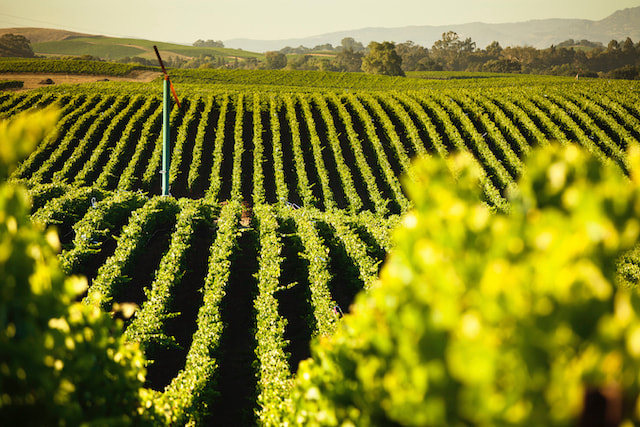

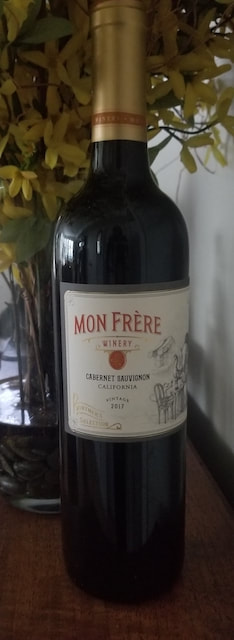
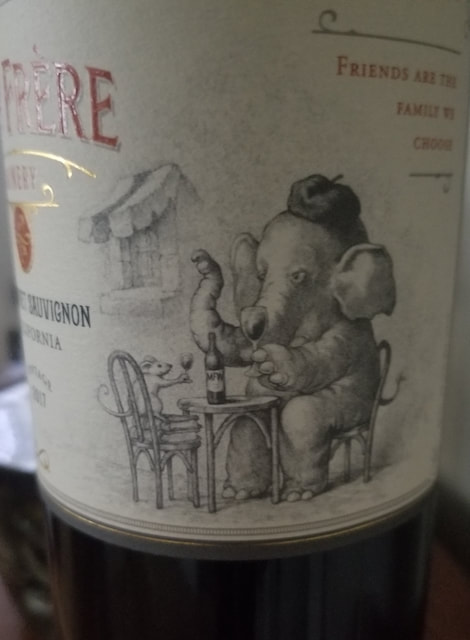
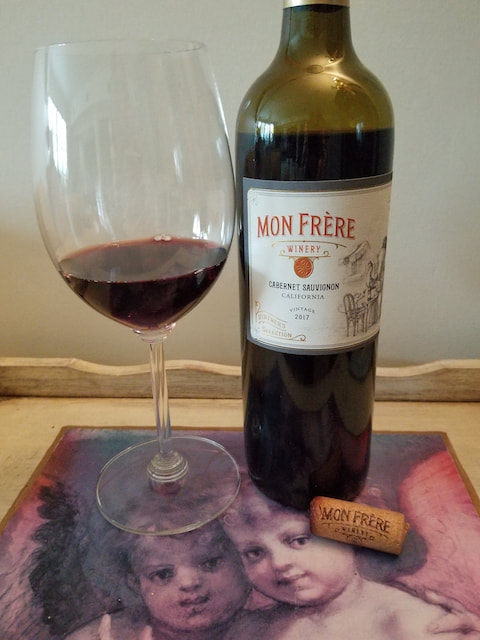
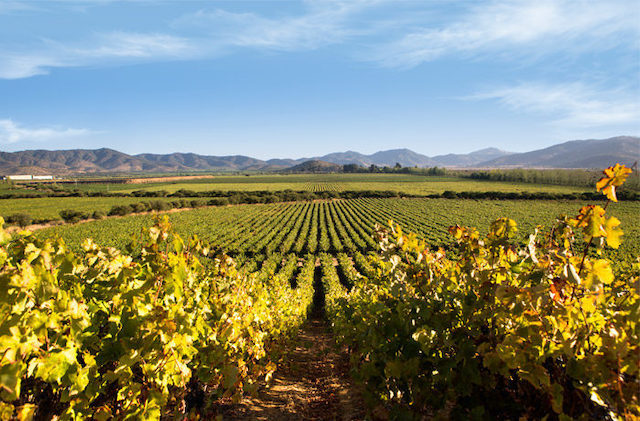
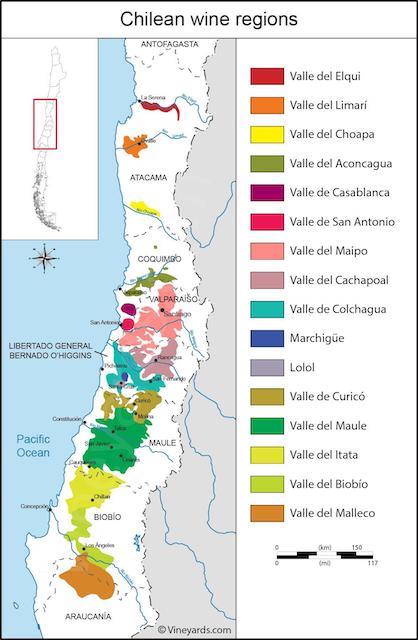
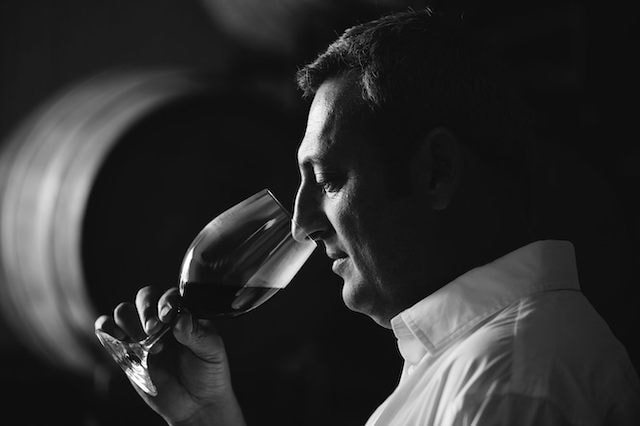
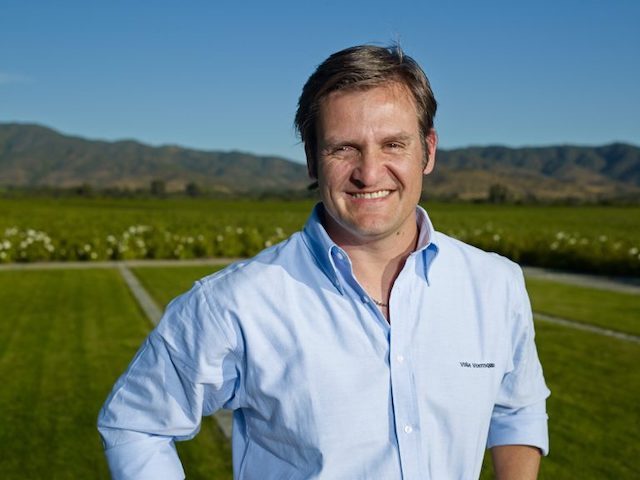
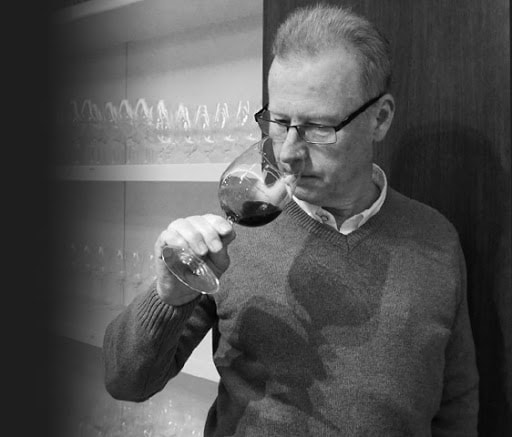
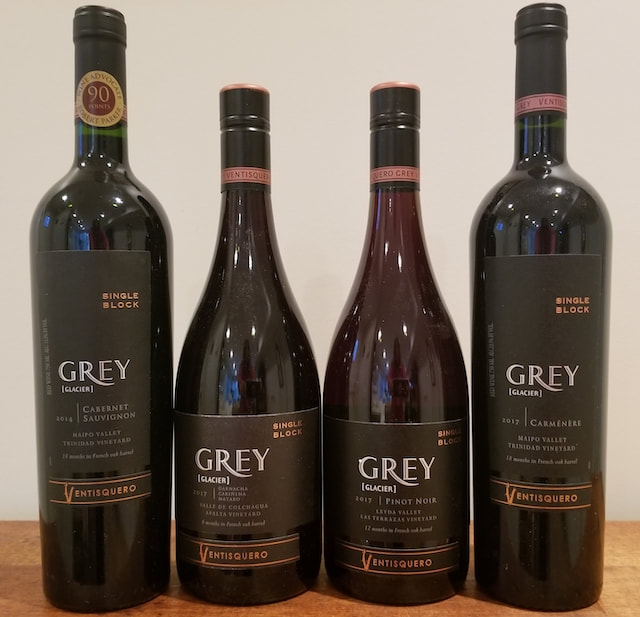
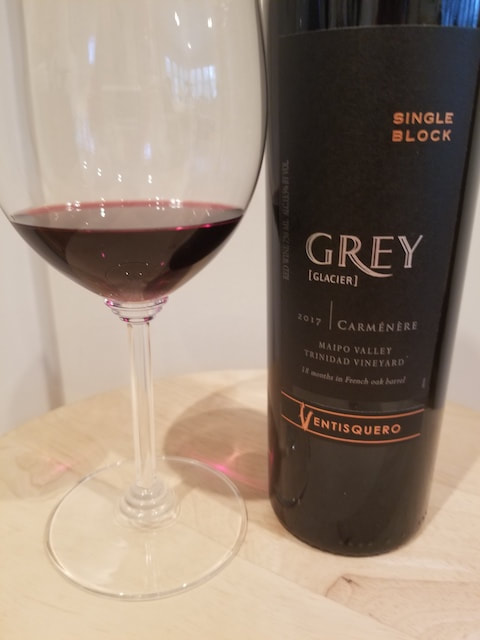
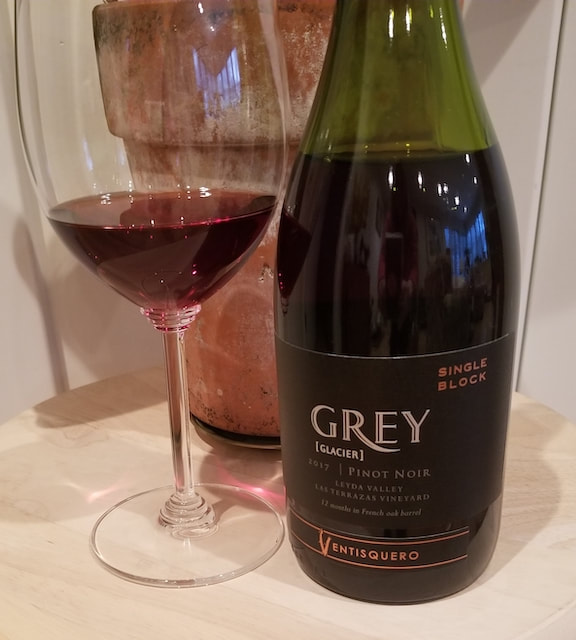
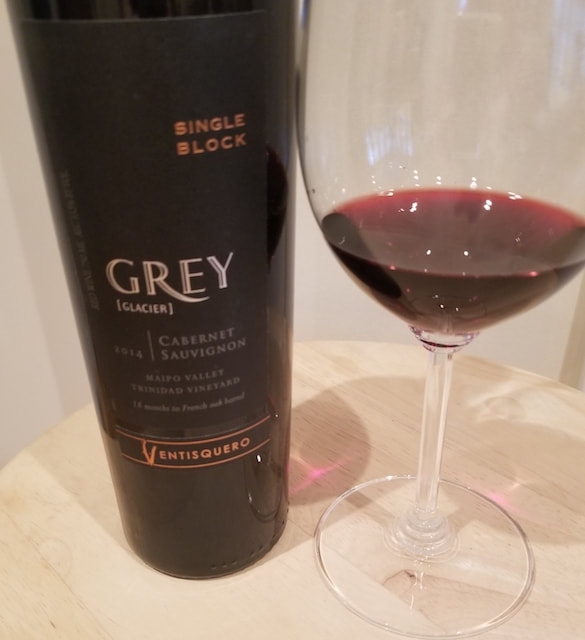
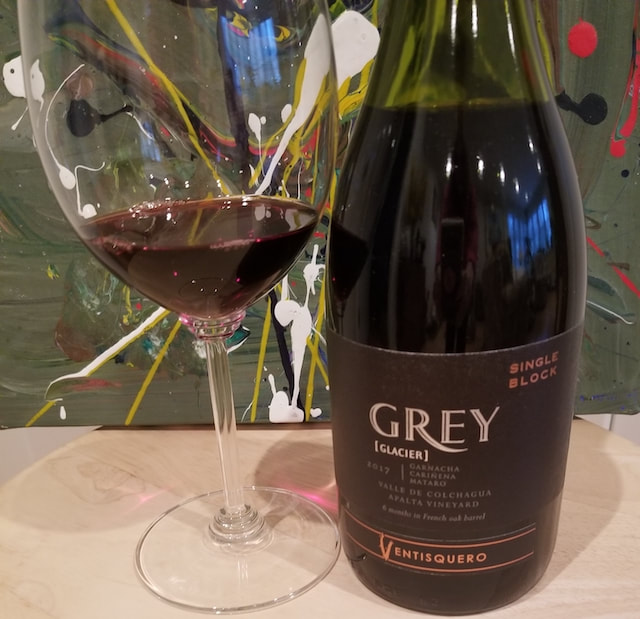
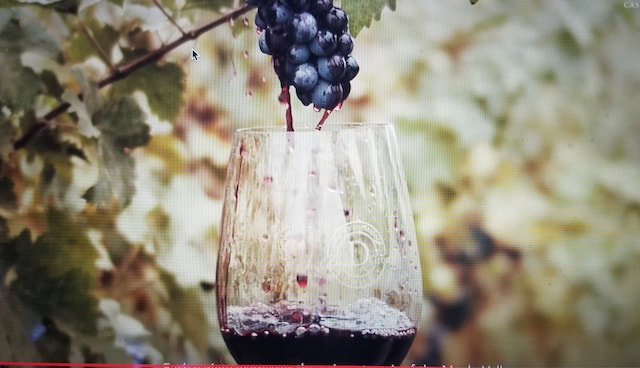
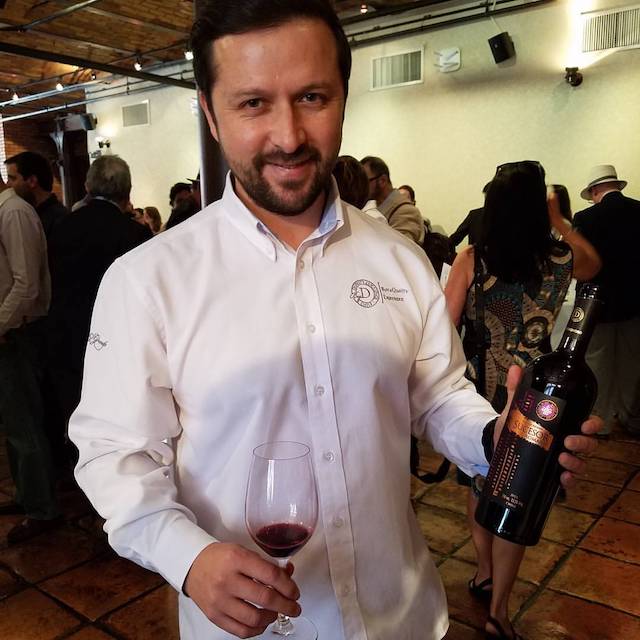
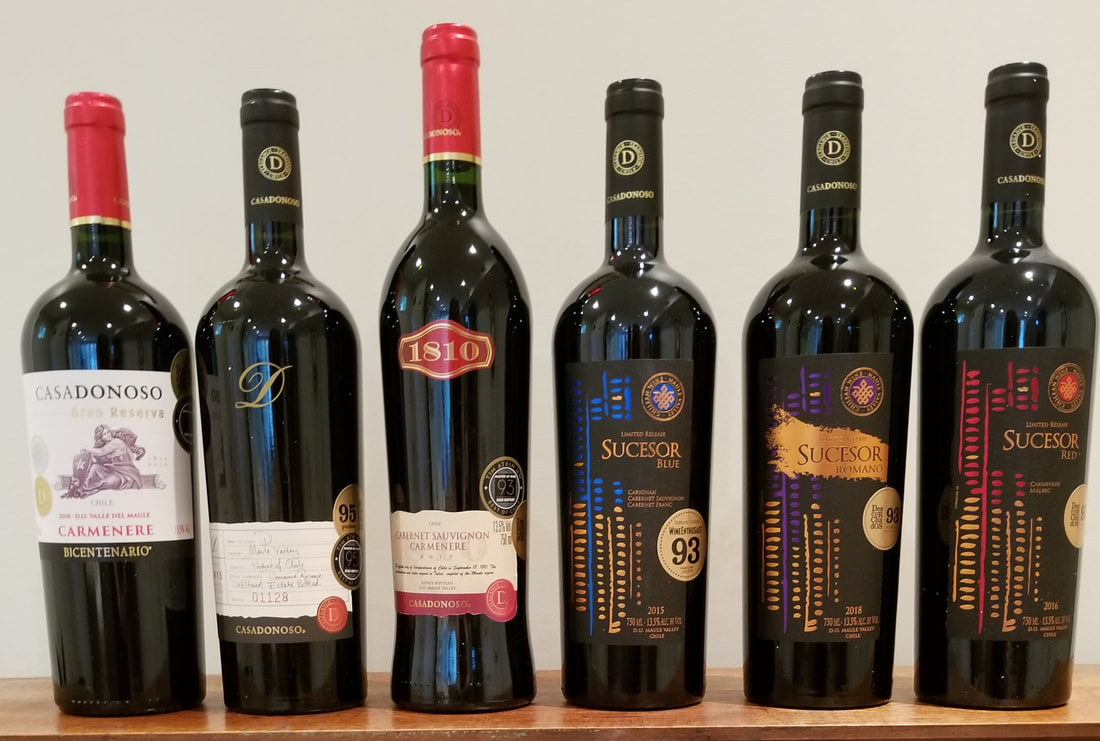
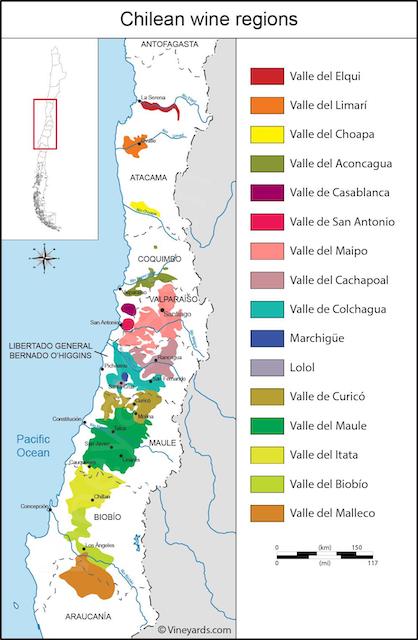
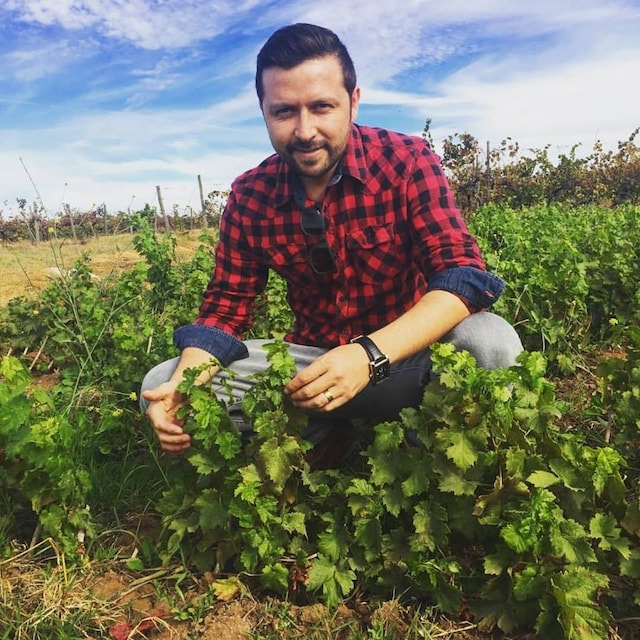
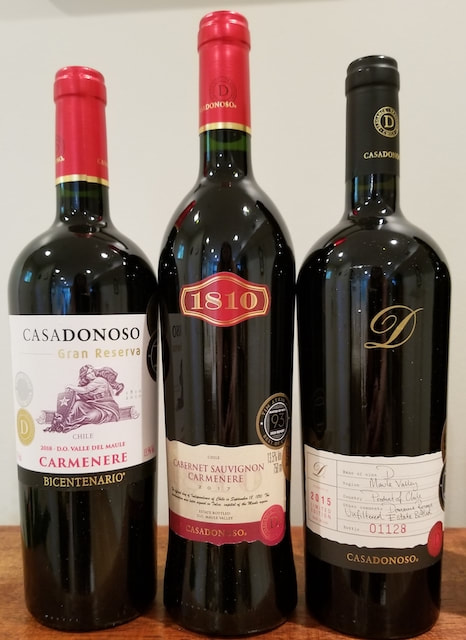
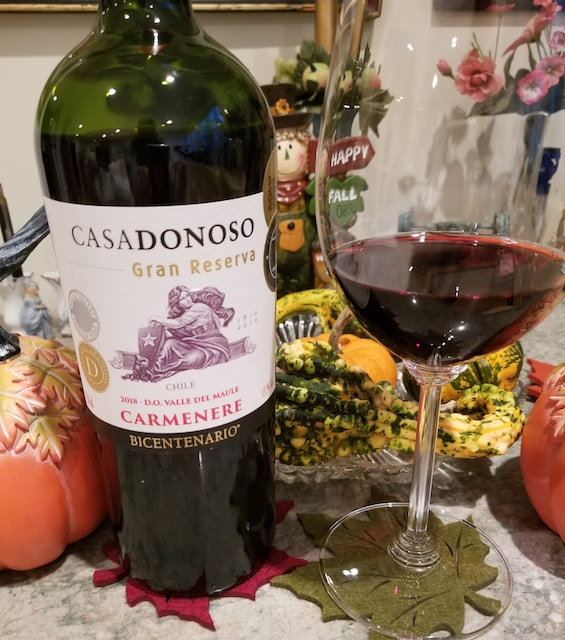
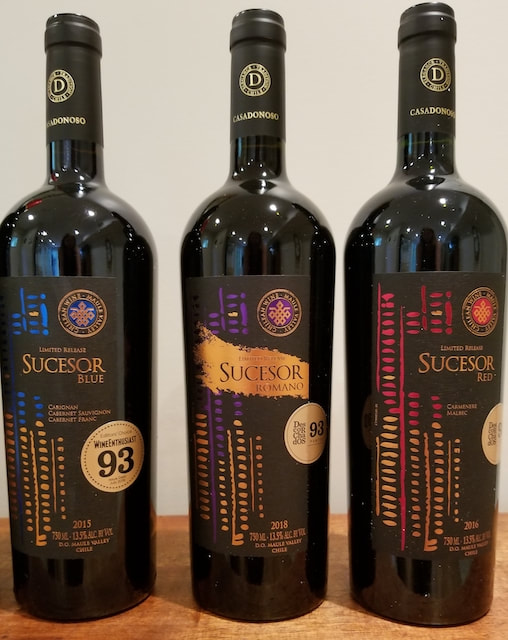
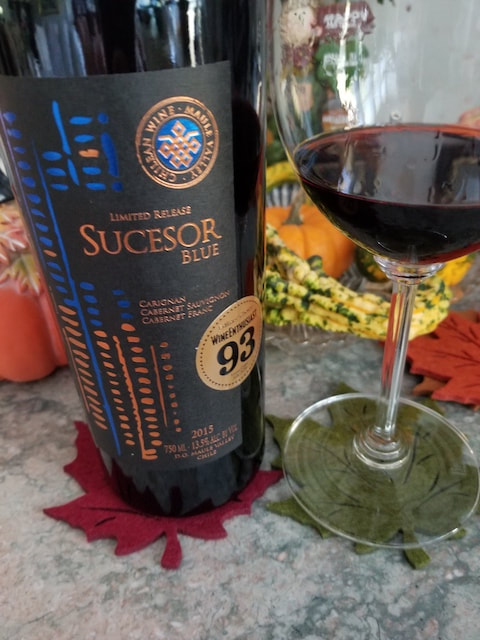
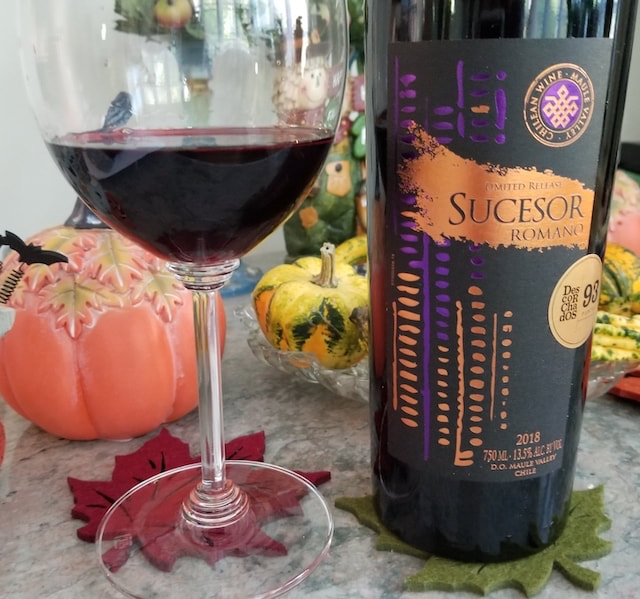
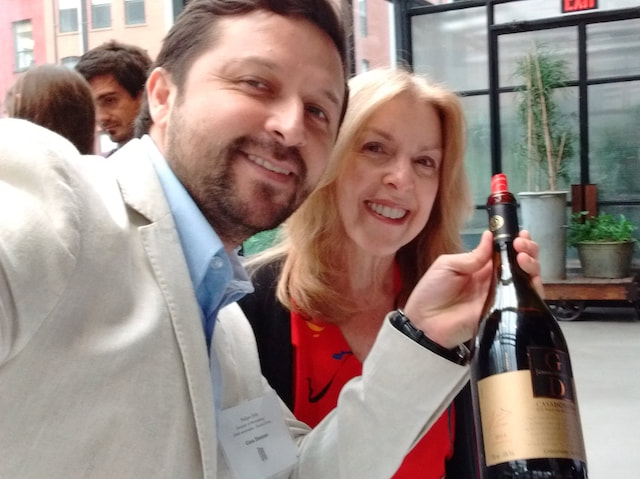
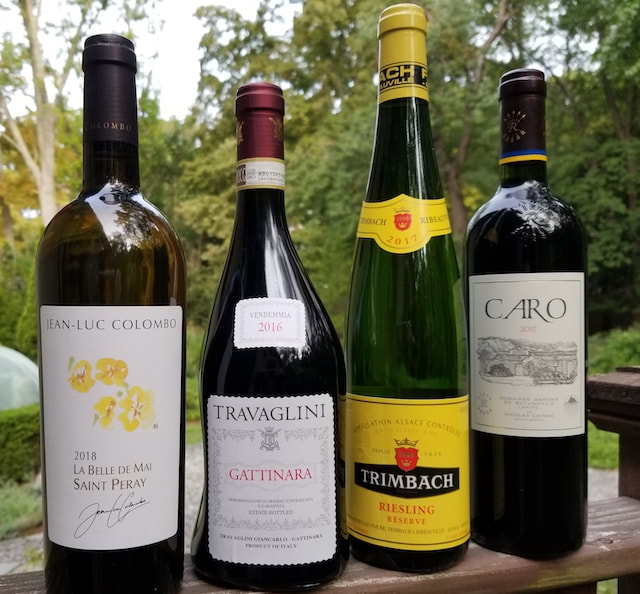
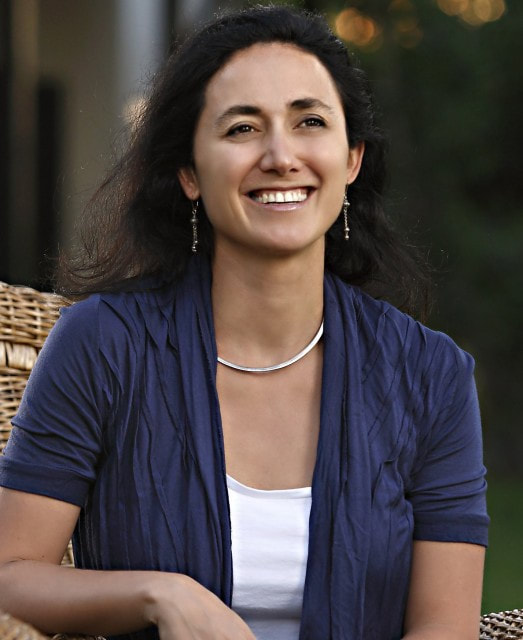
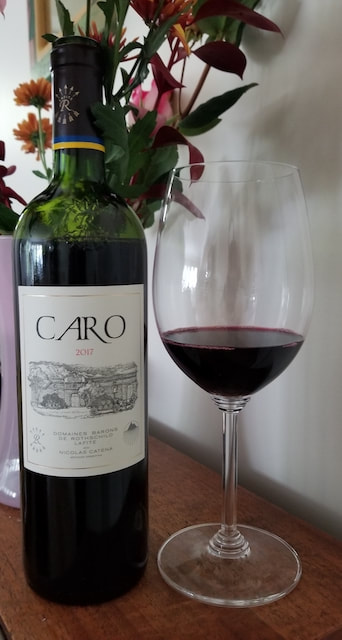
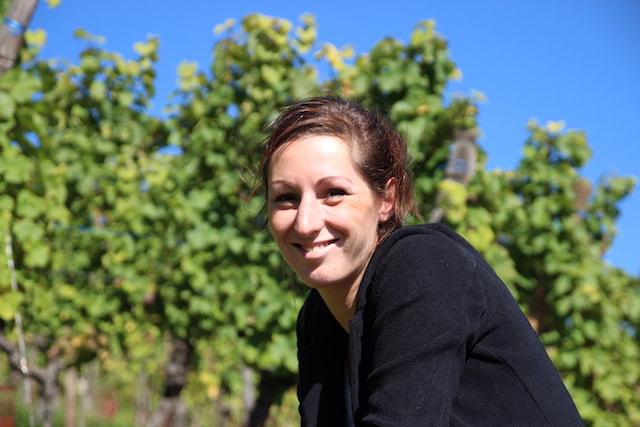
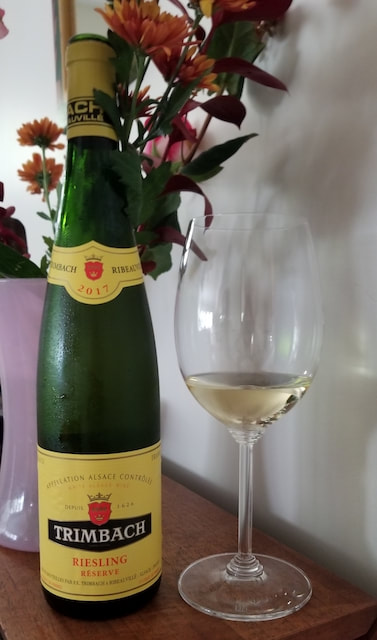
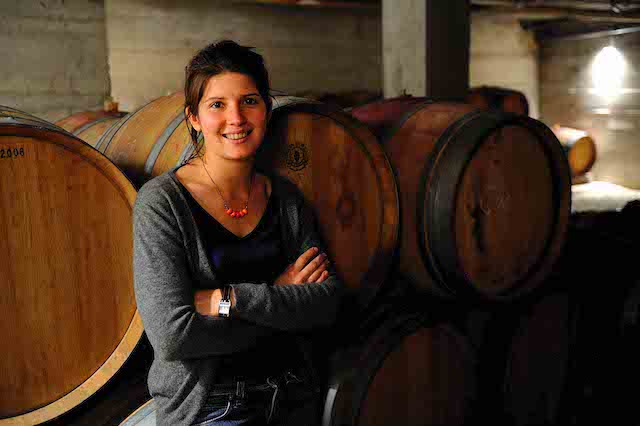
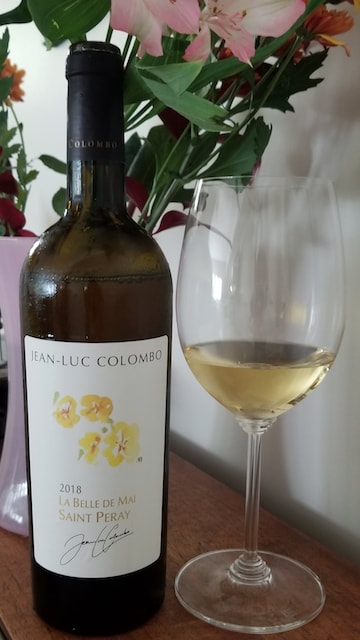
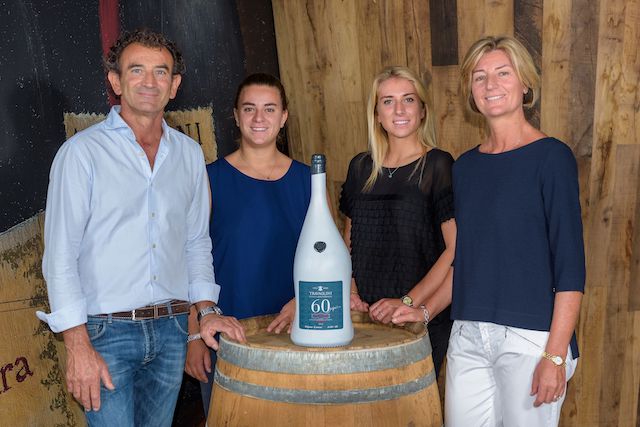
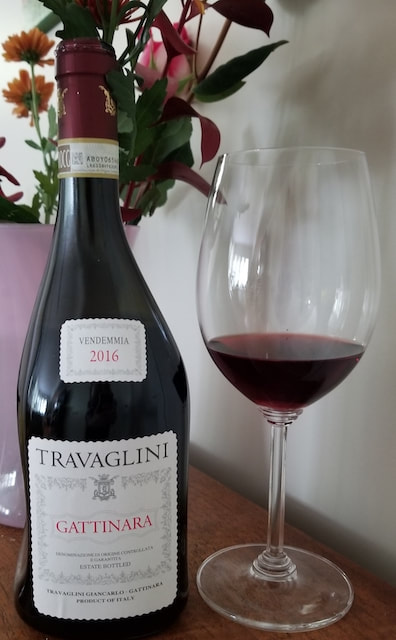
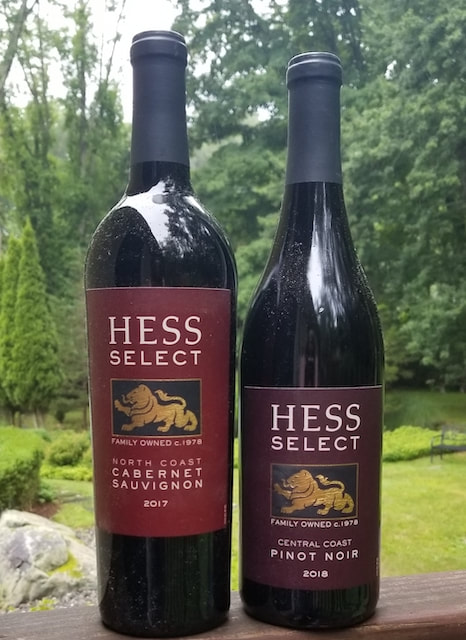
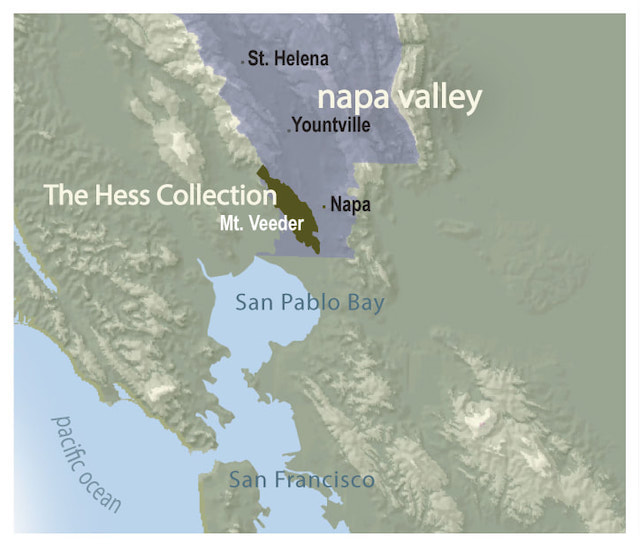
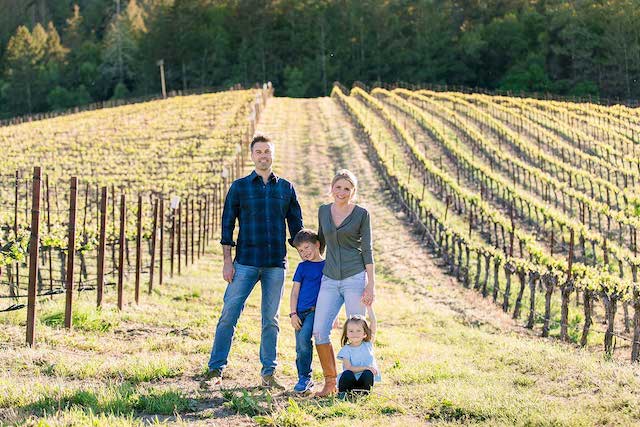
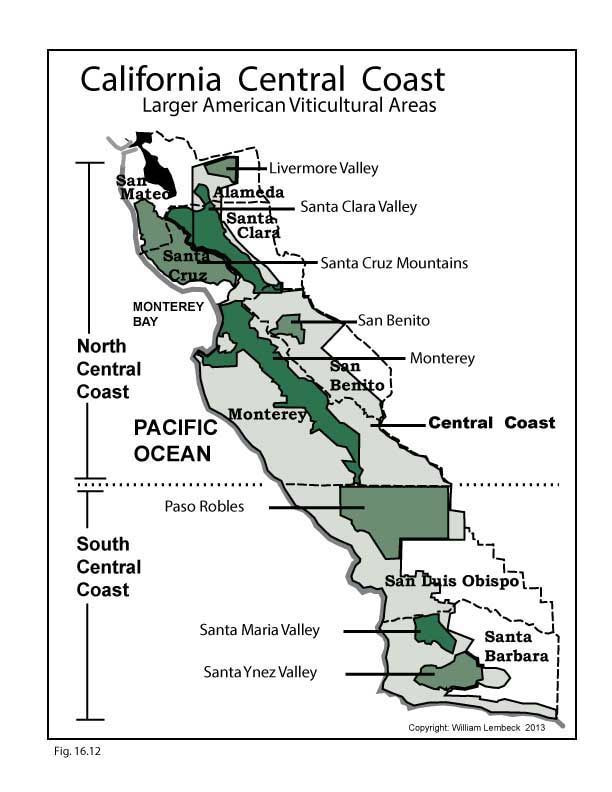
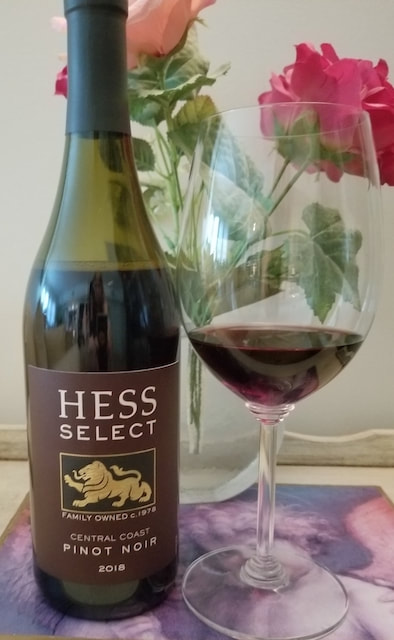
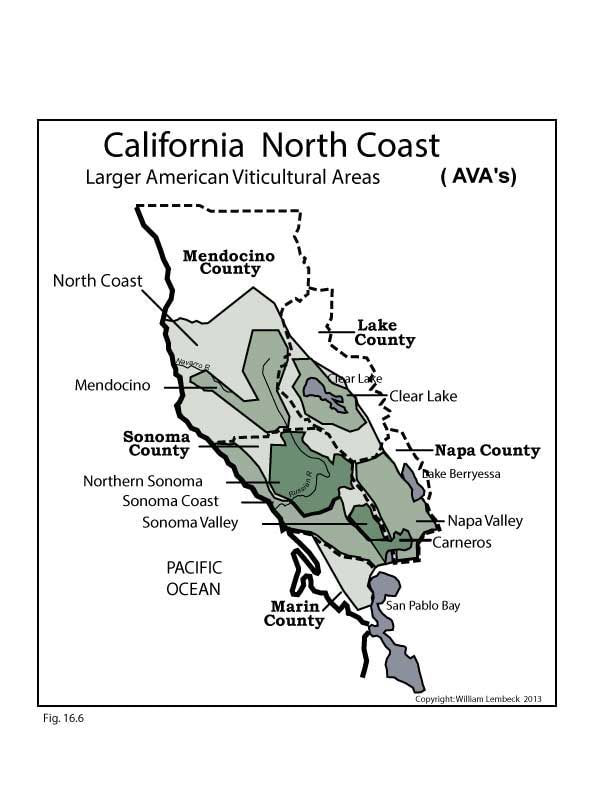
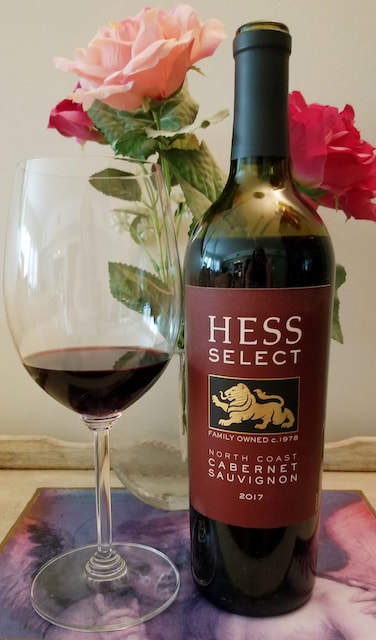
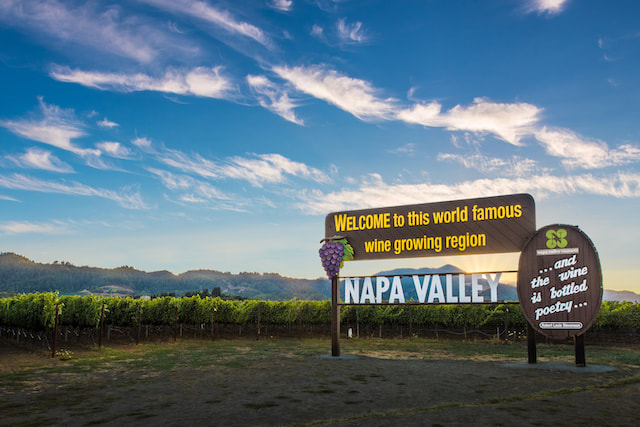
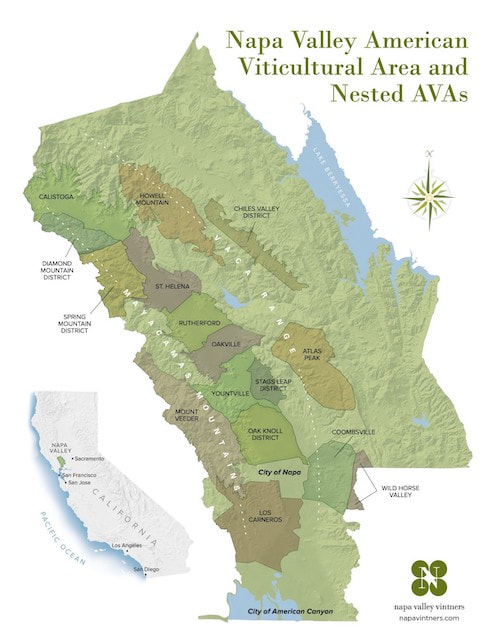
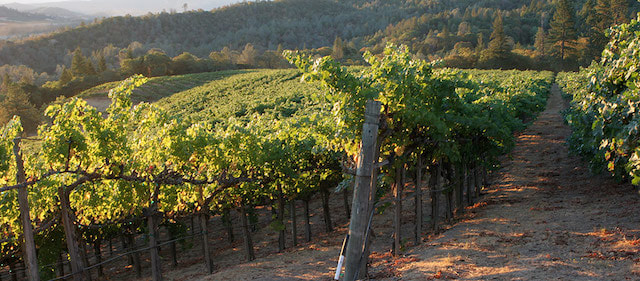
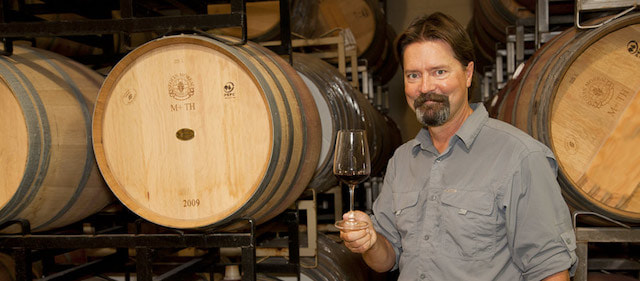
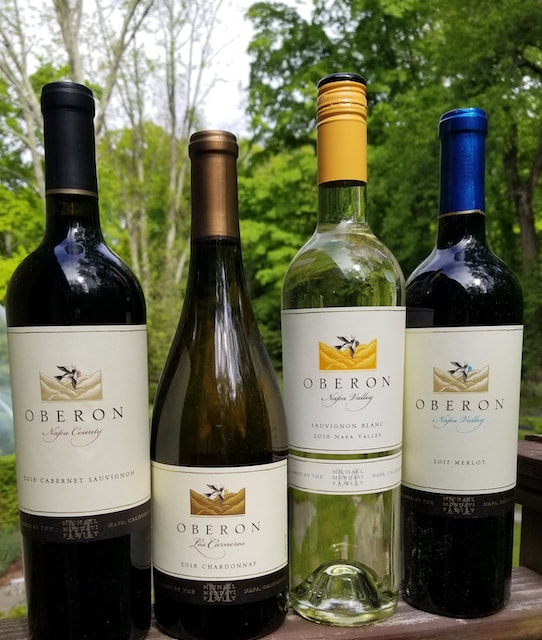
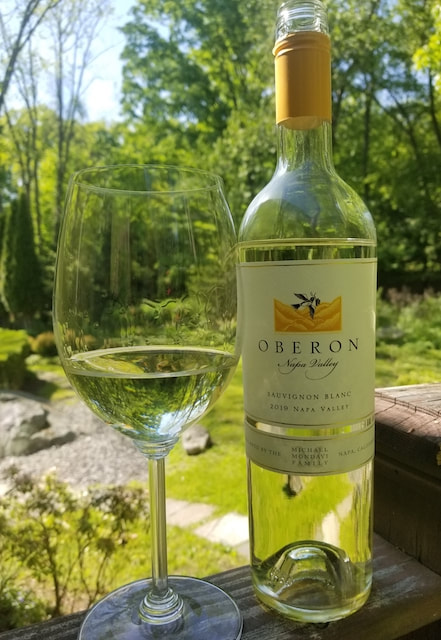
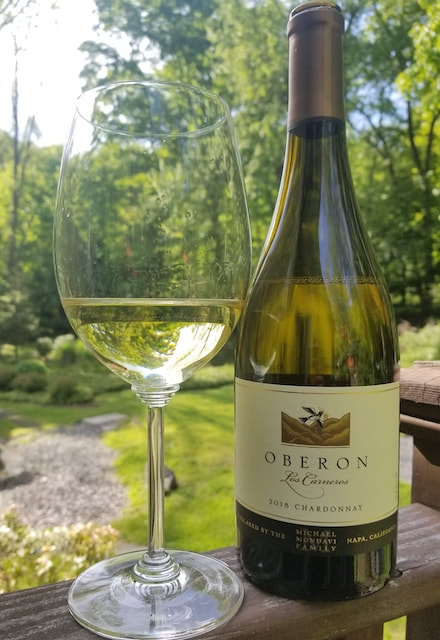
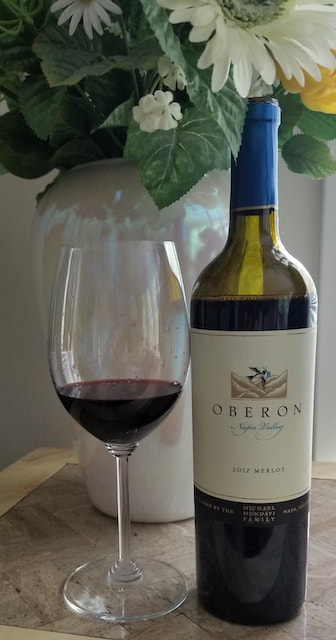
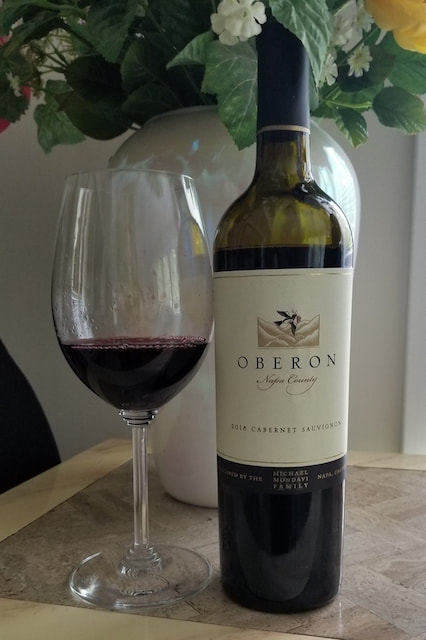
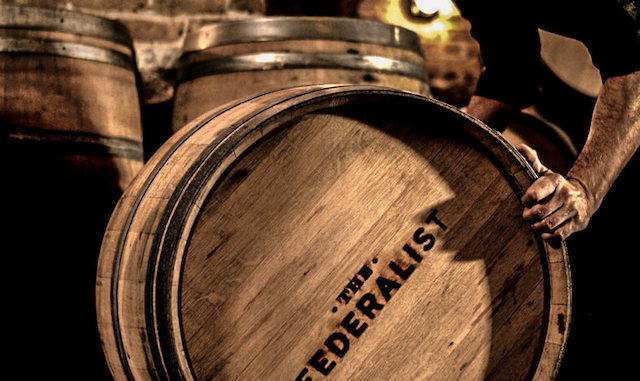
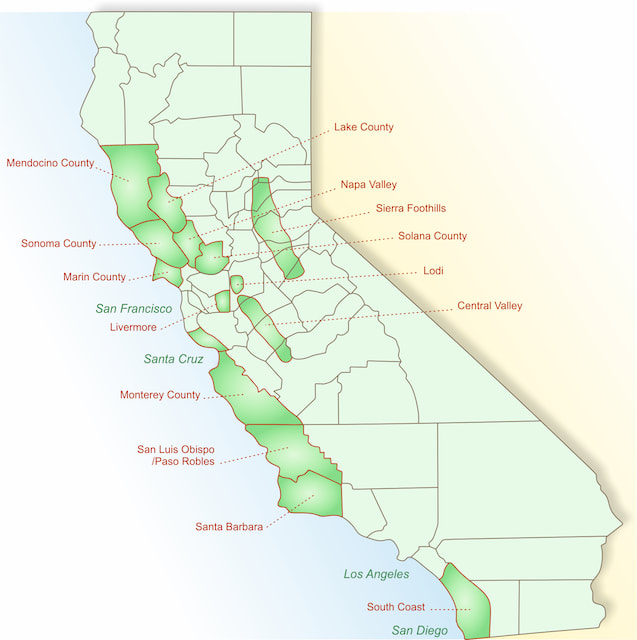
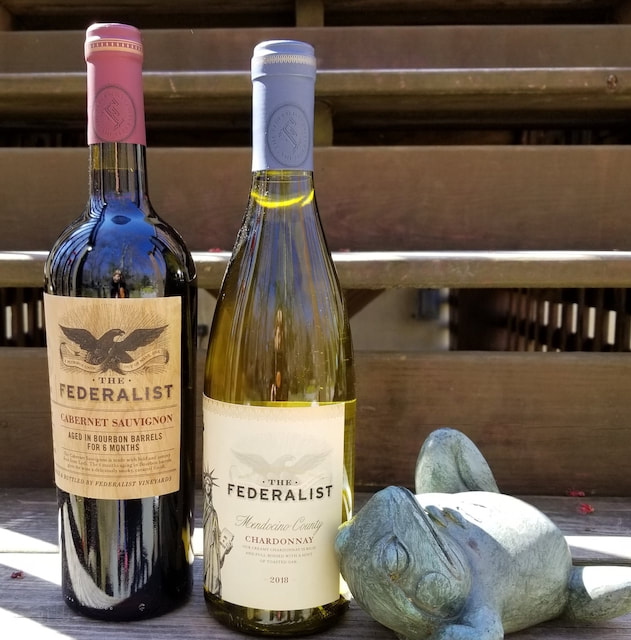
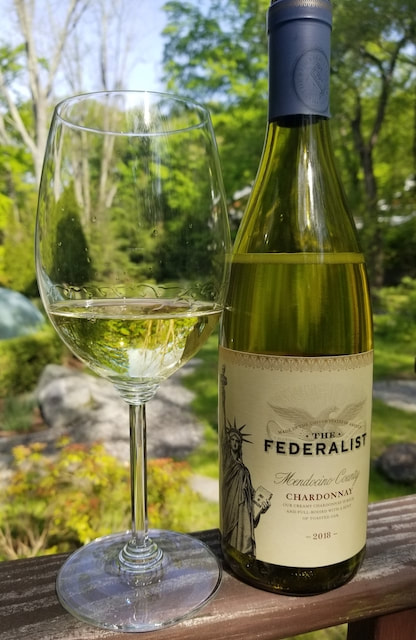
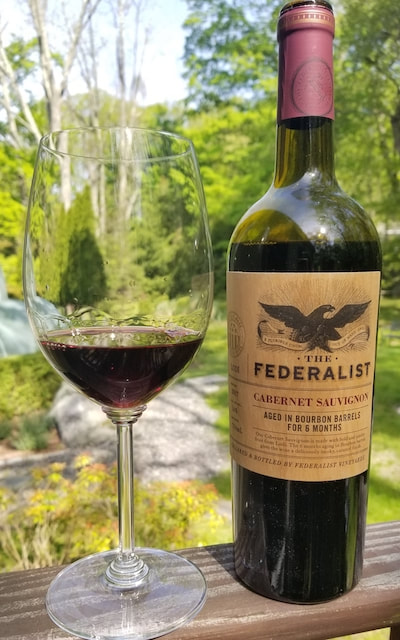
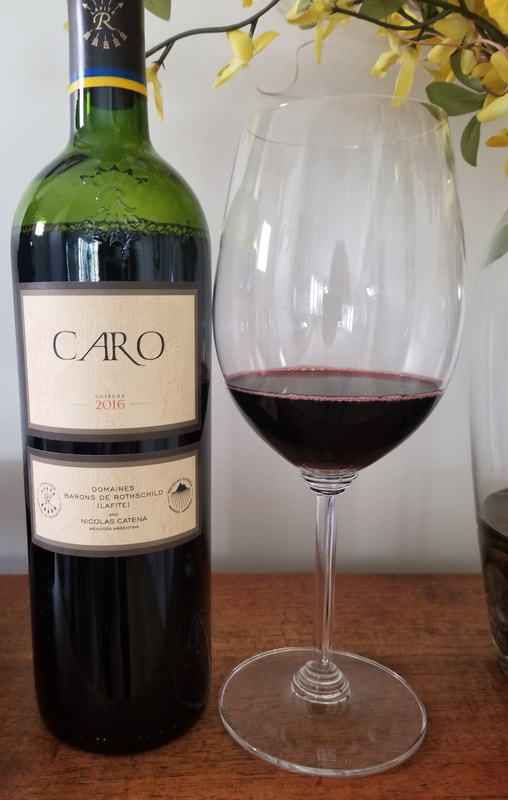
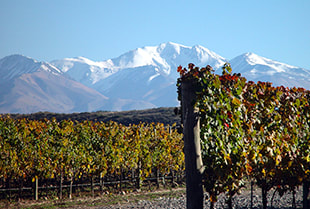
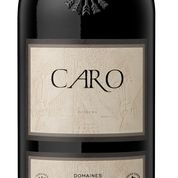
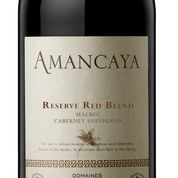
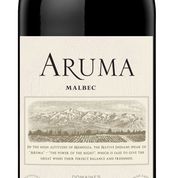
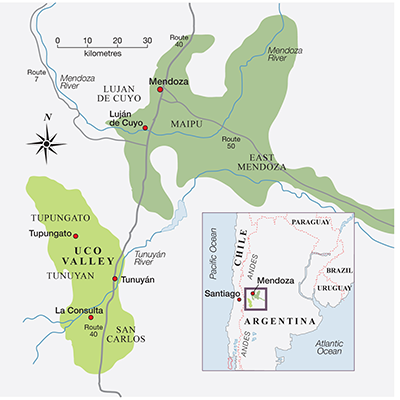
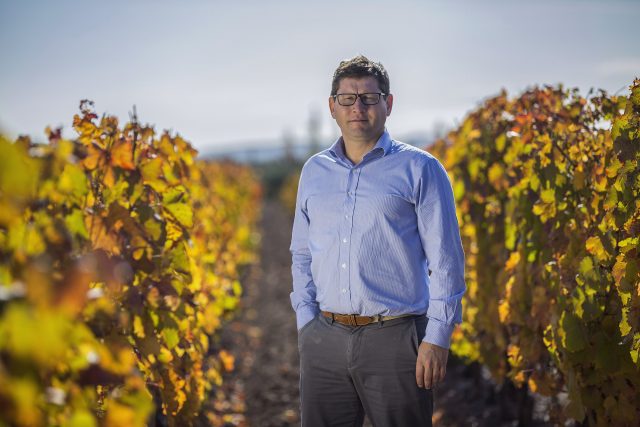
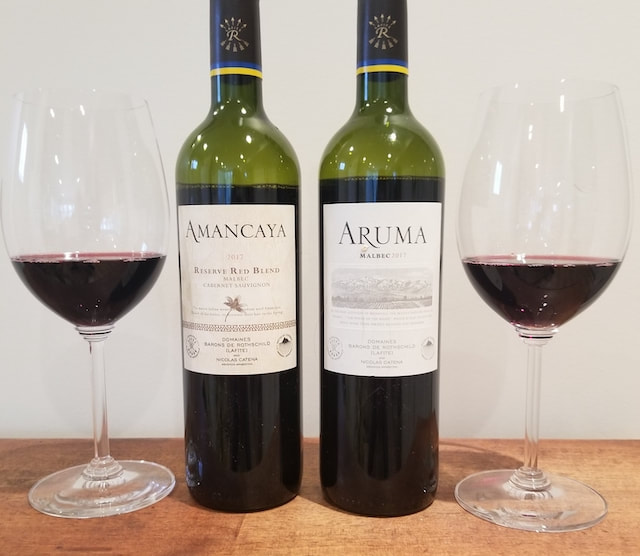
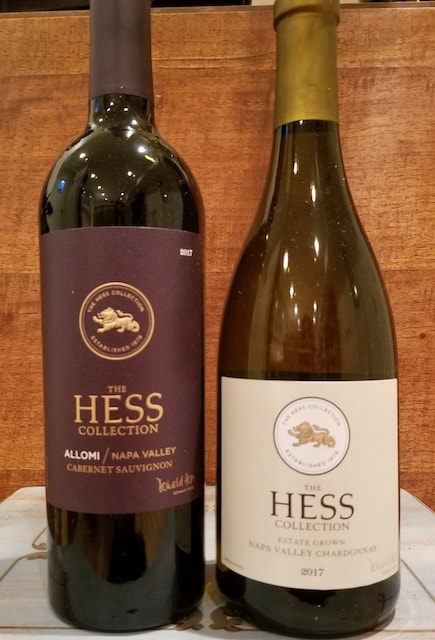
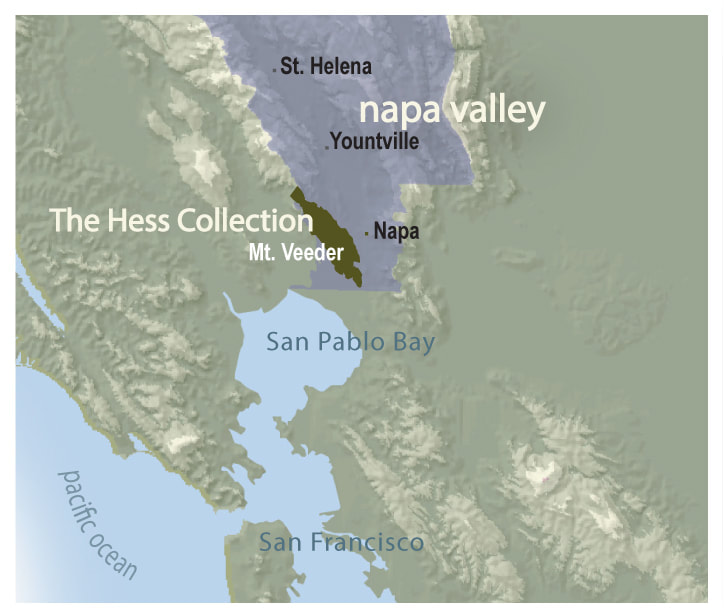
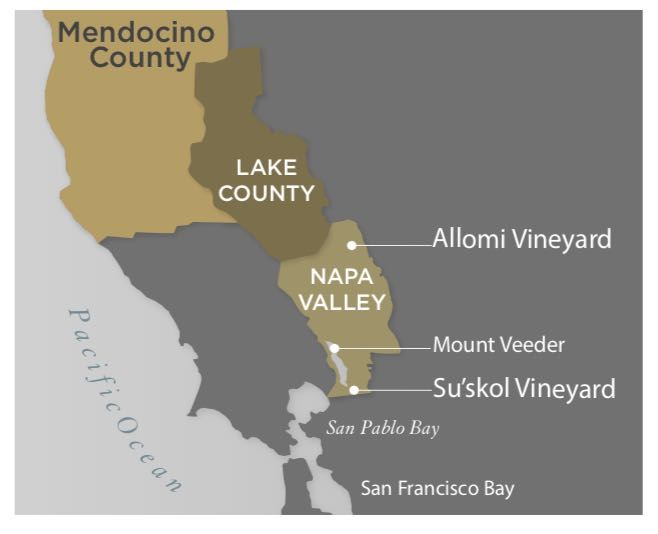

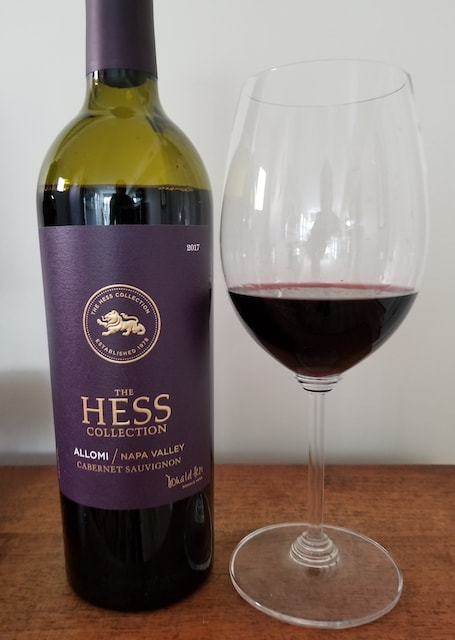
 RSS Feed
RSS Feed